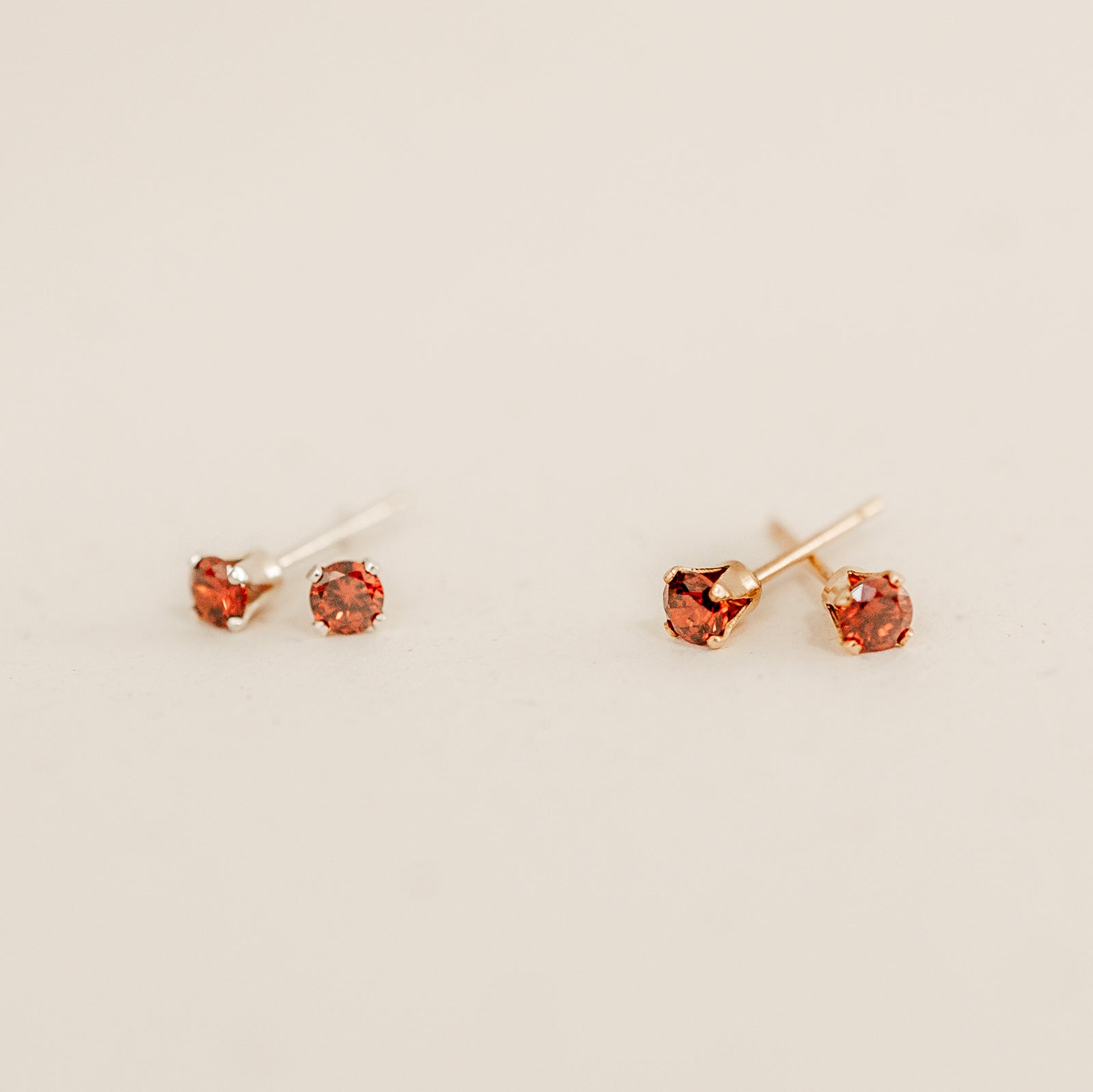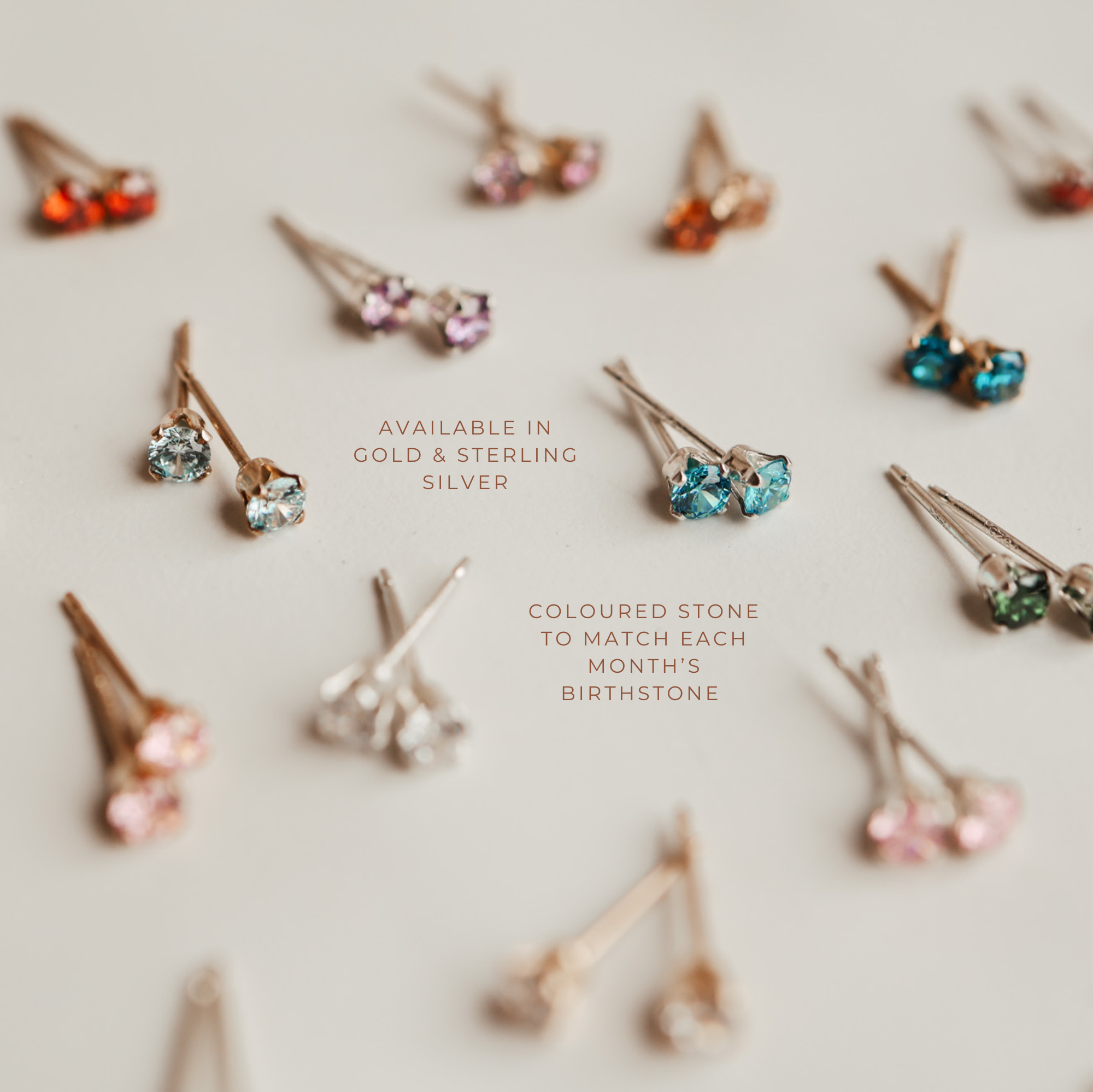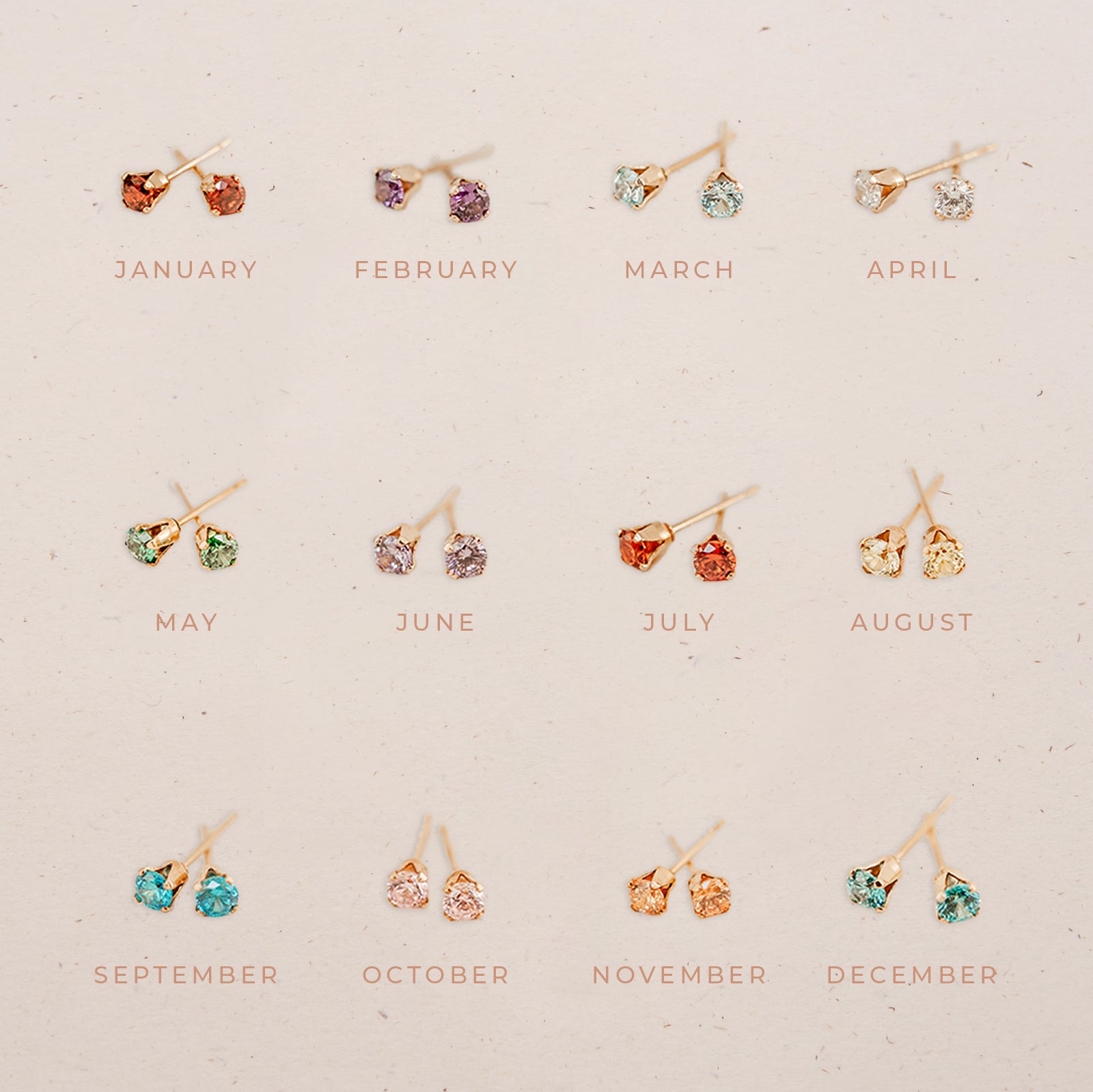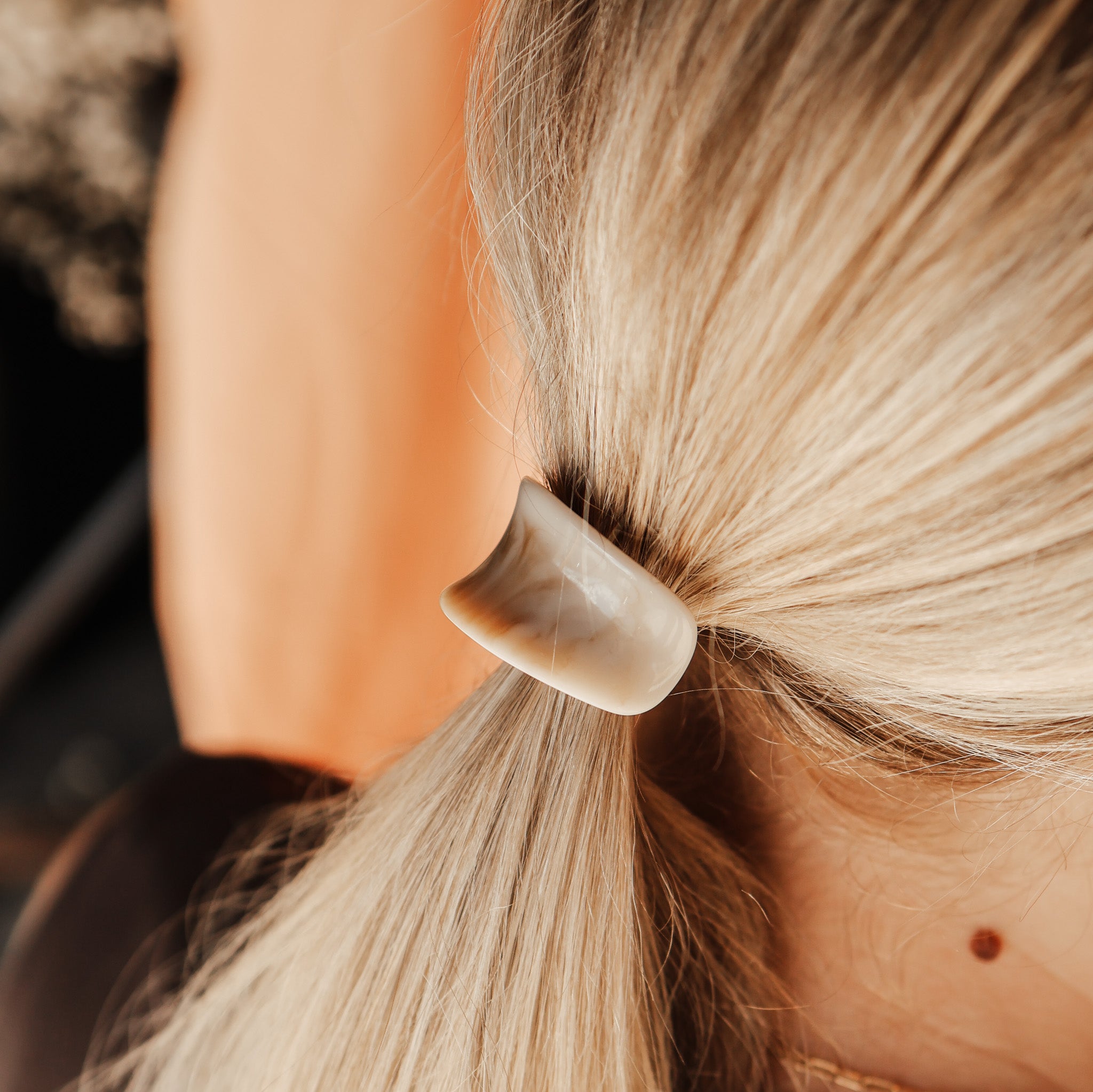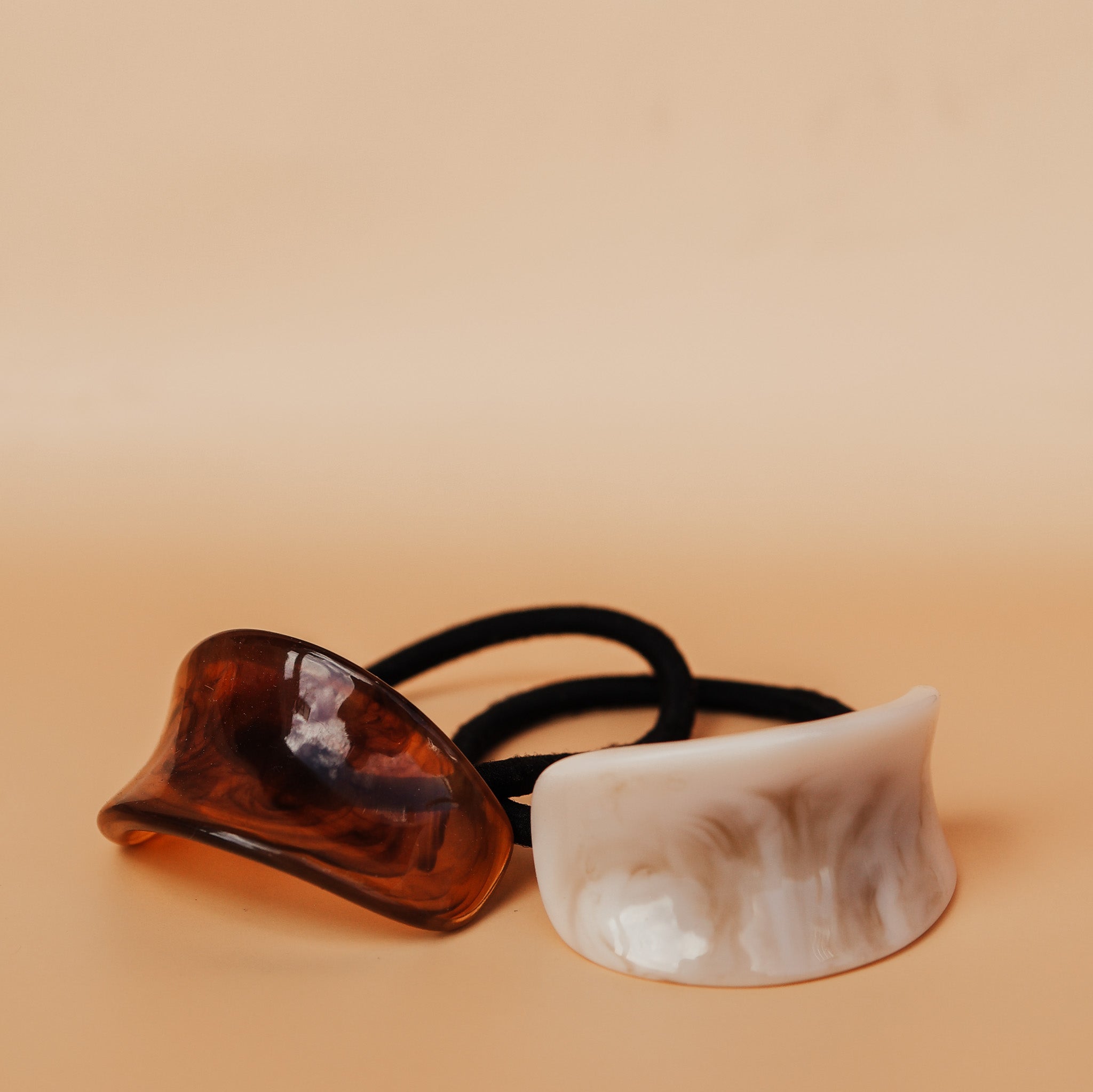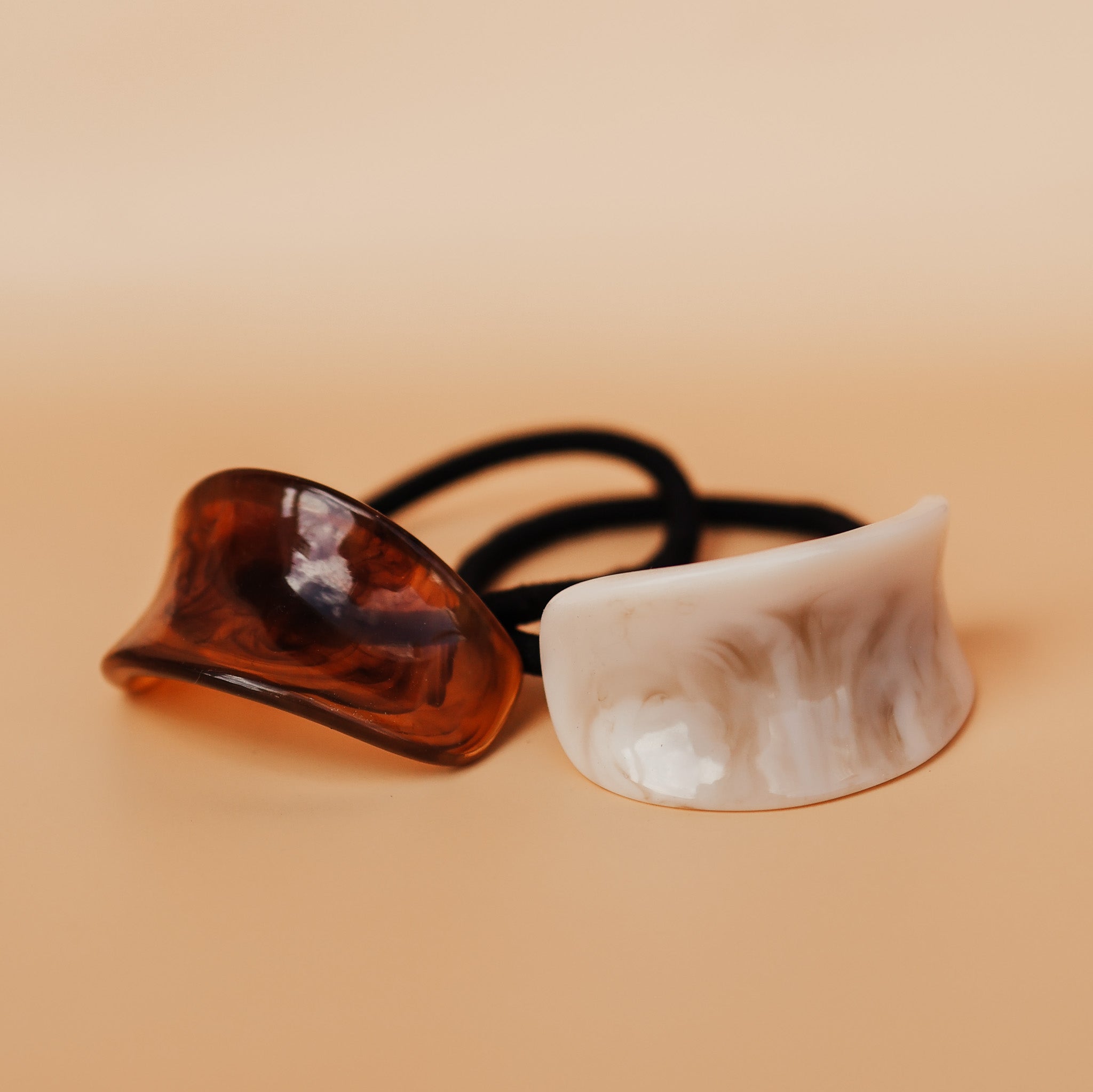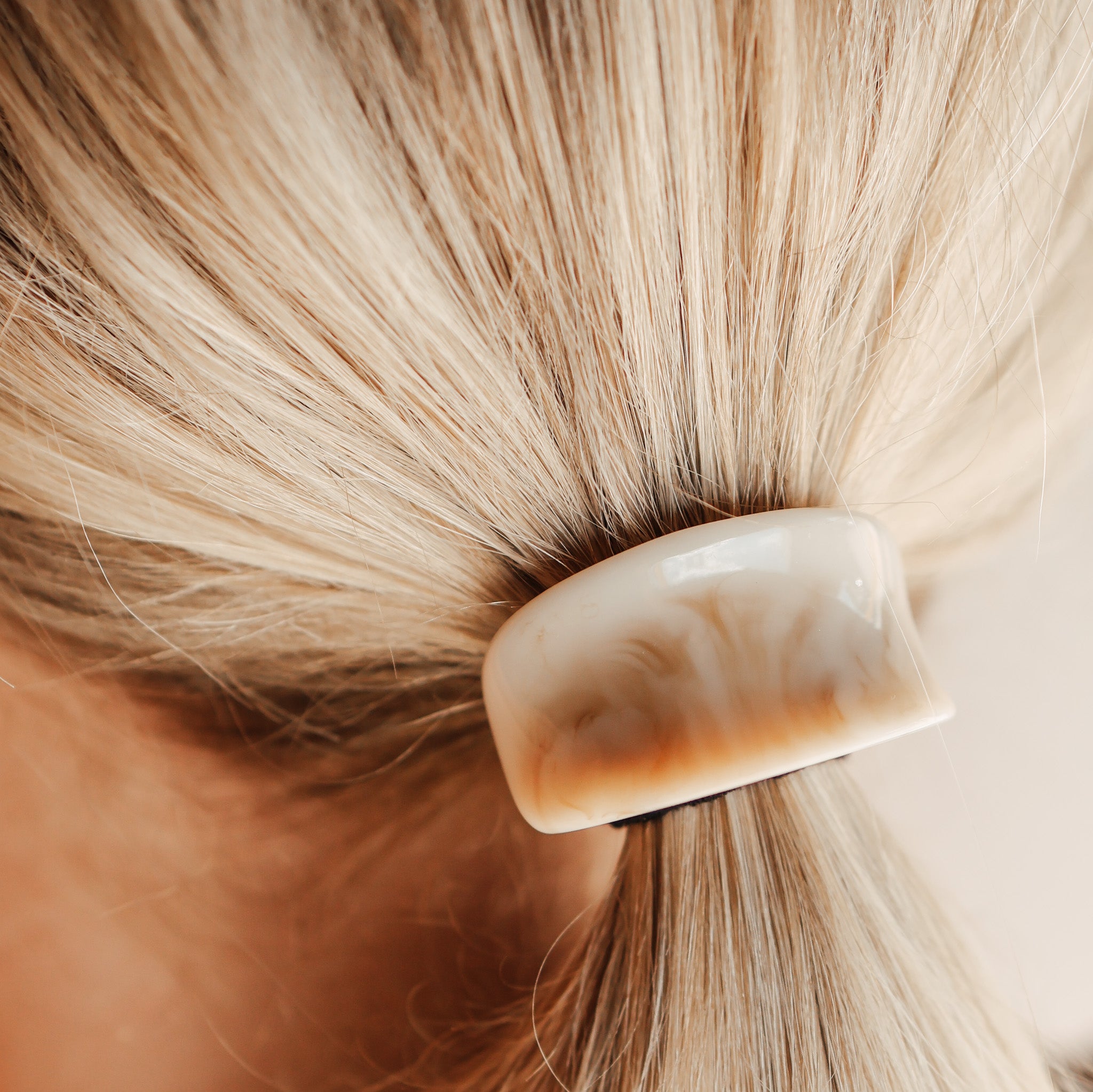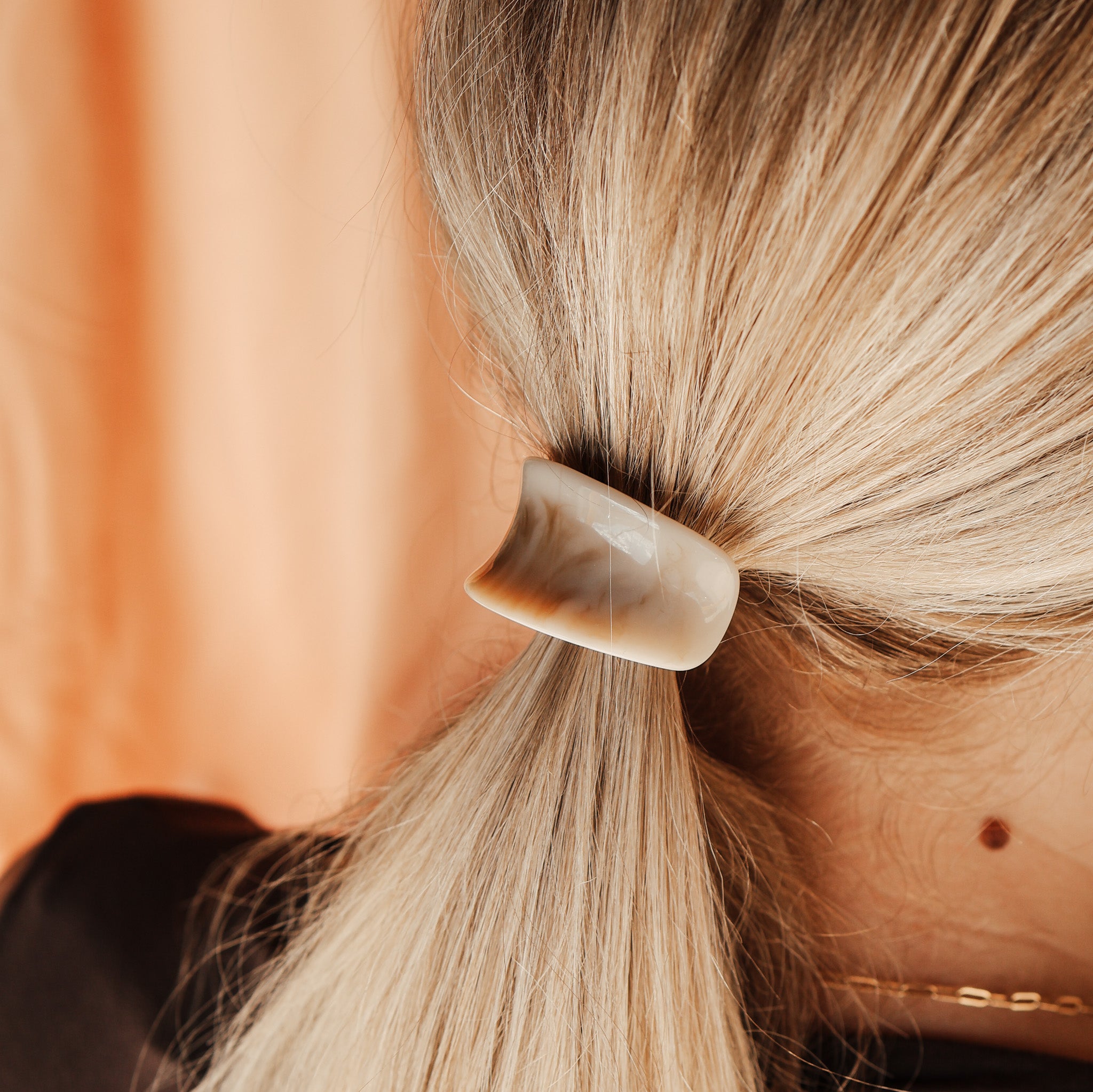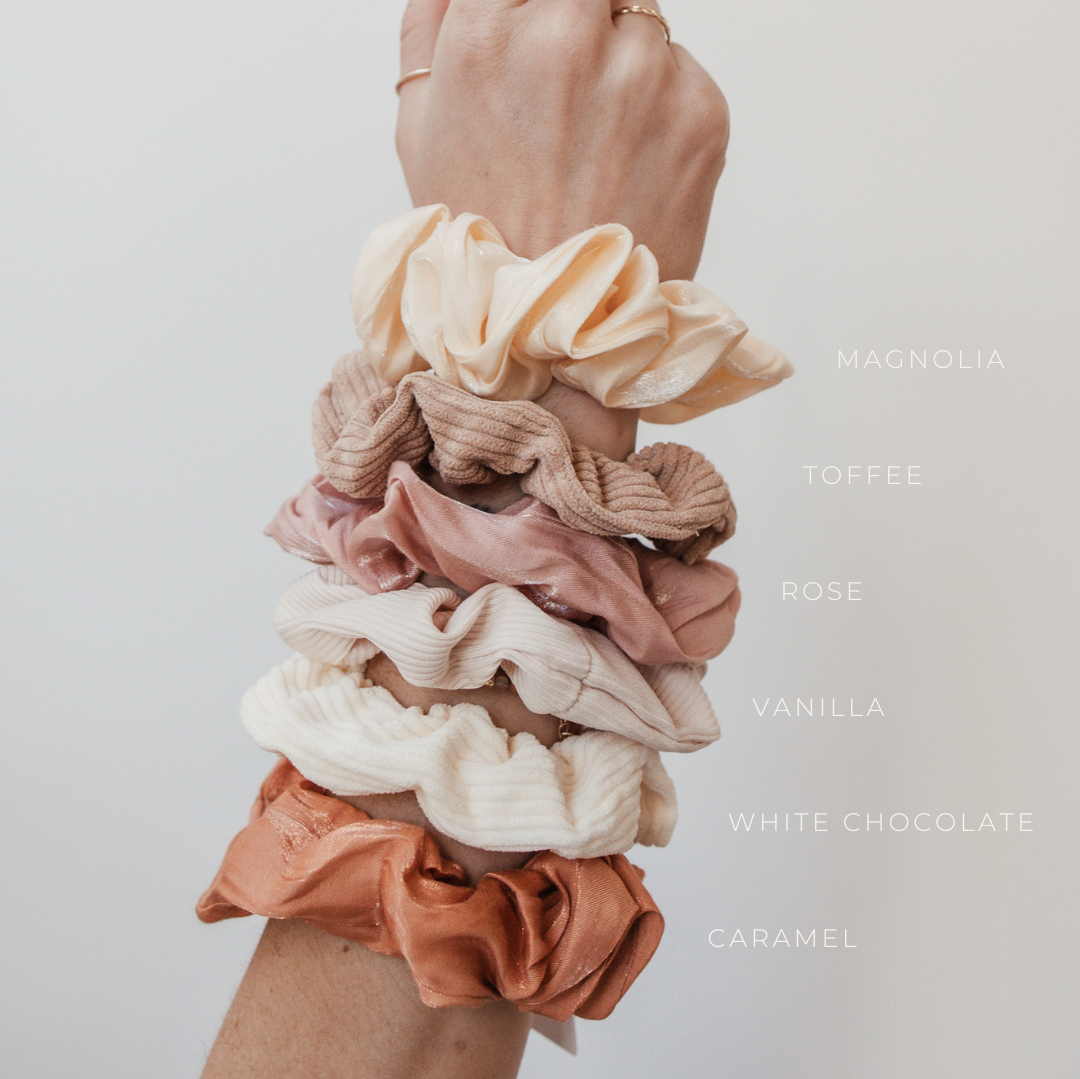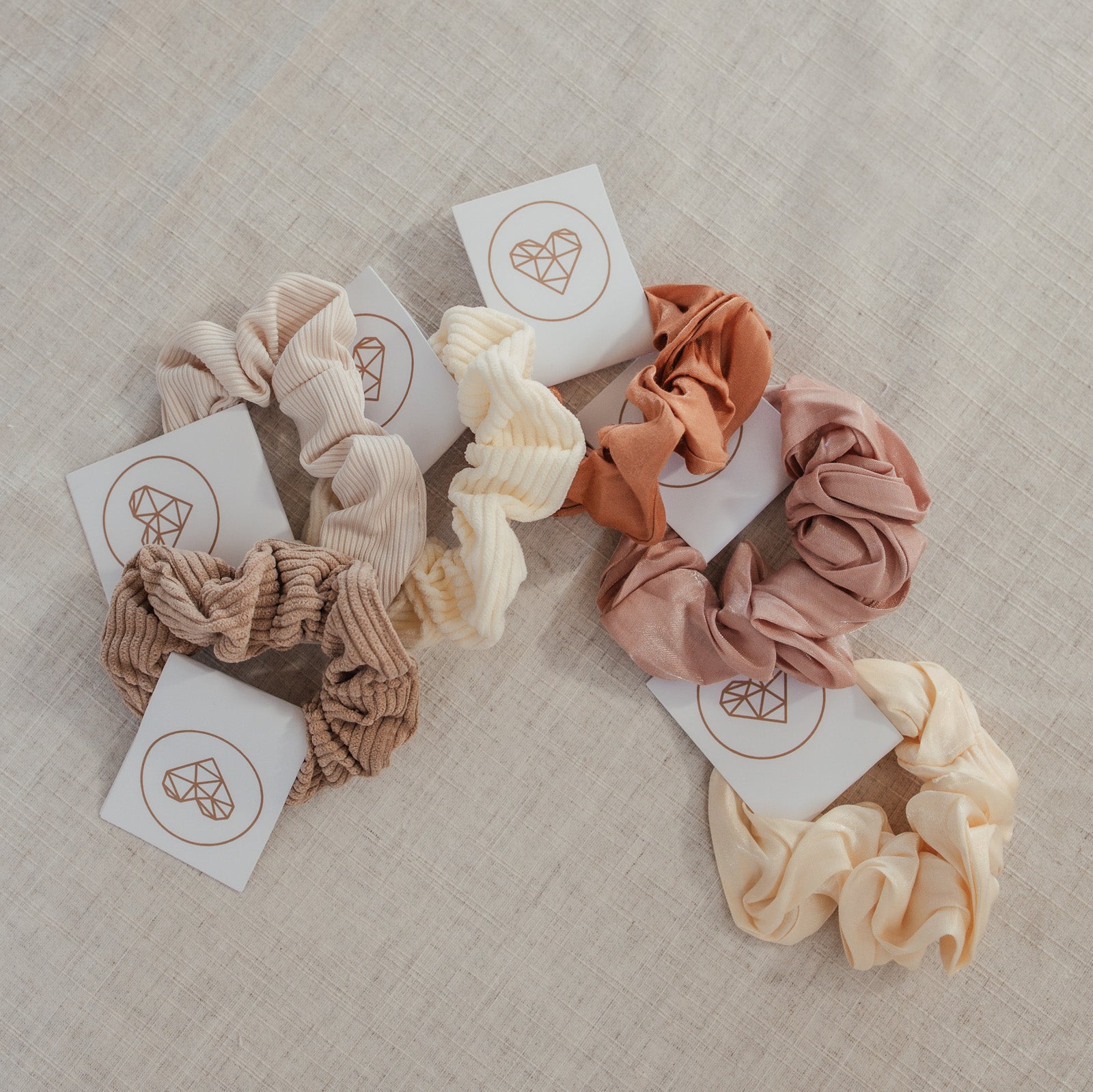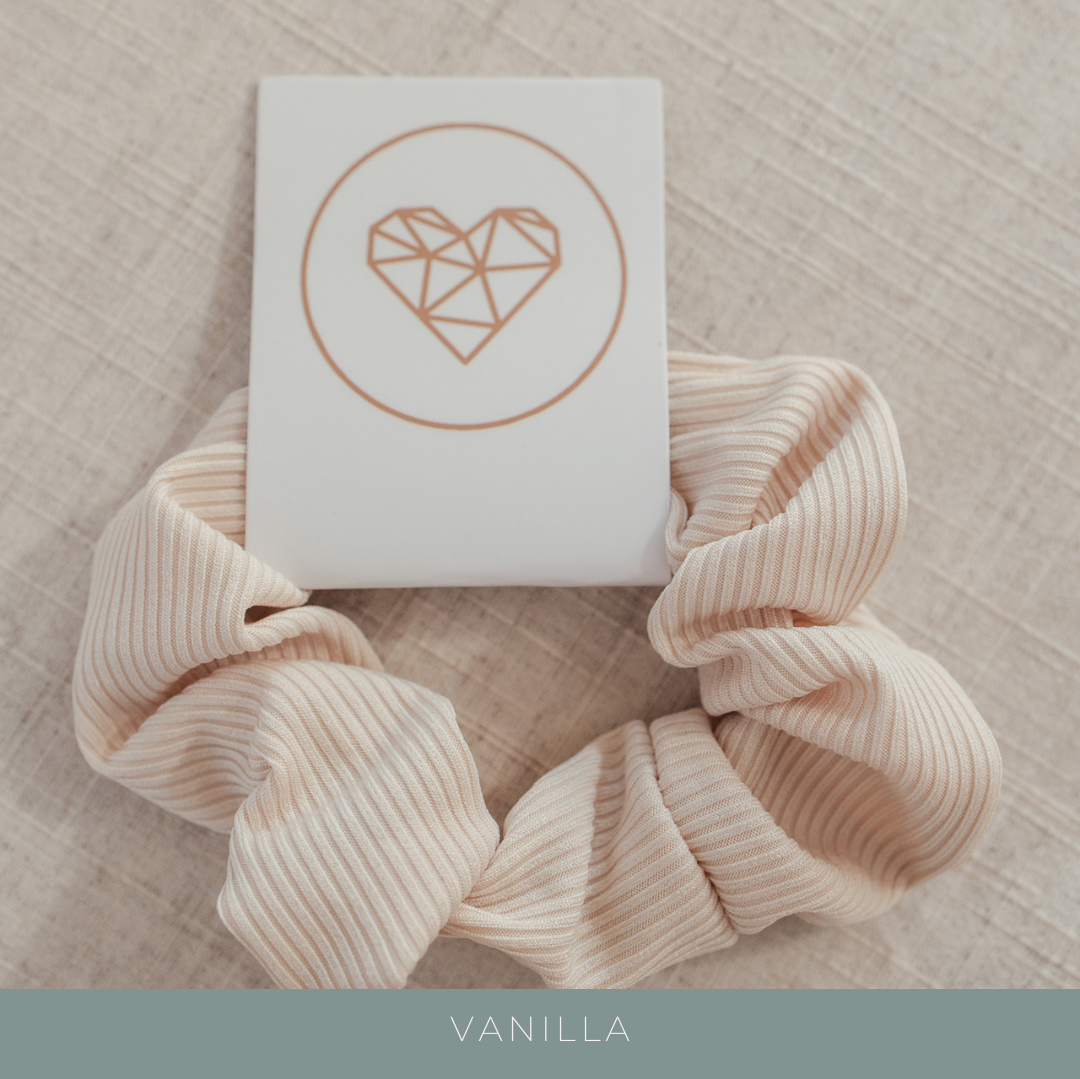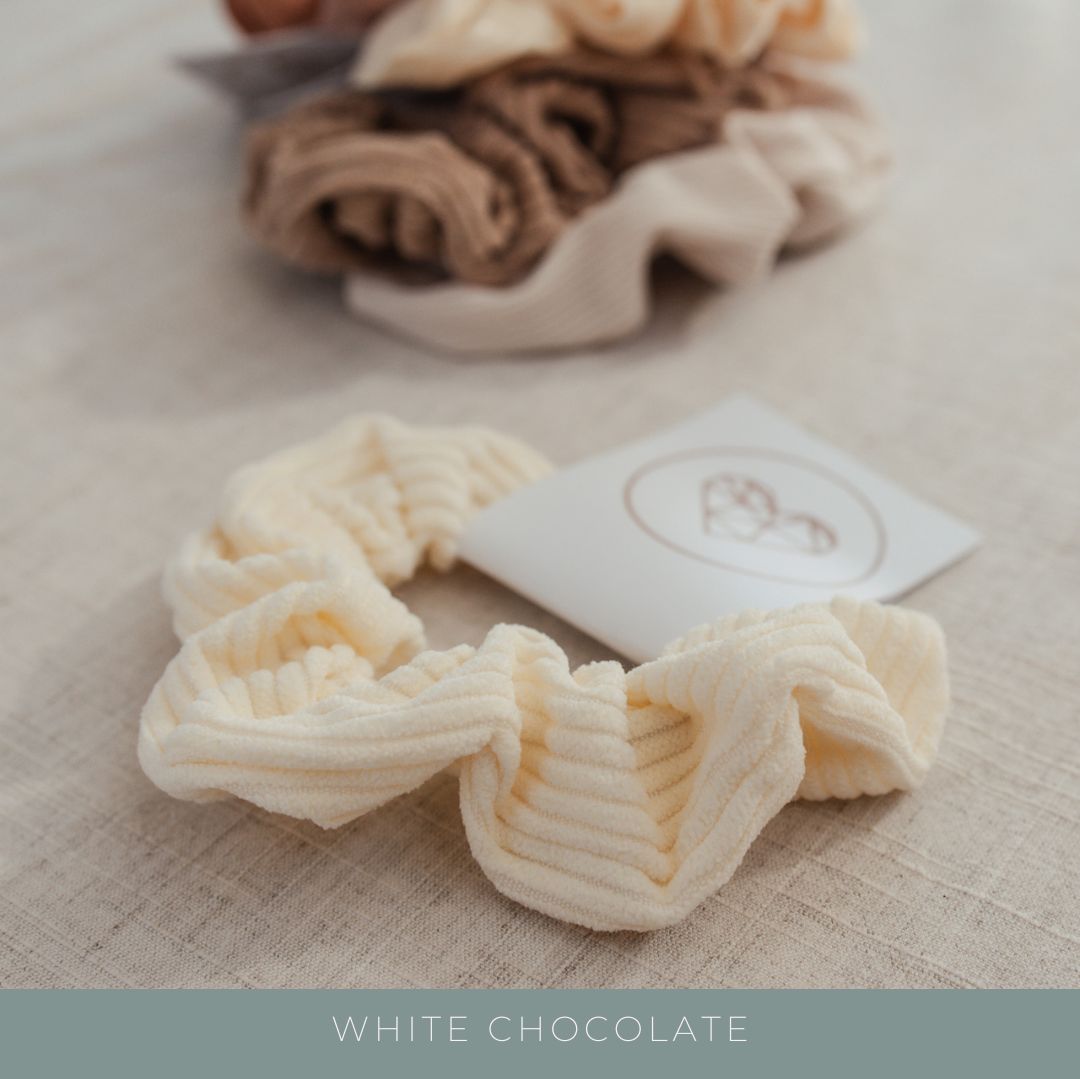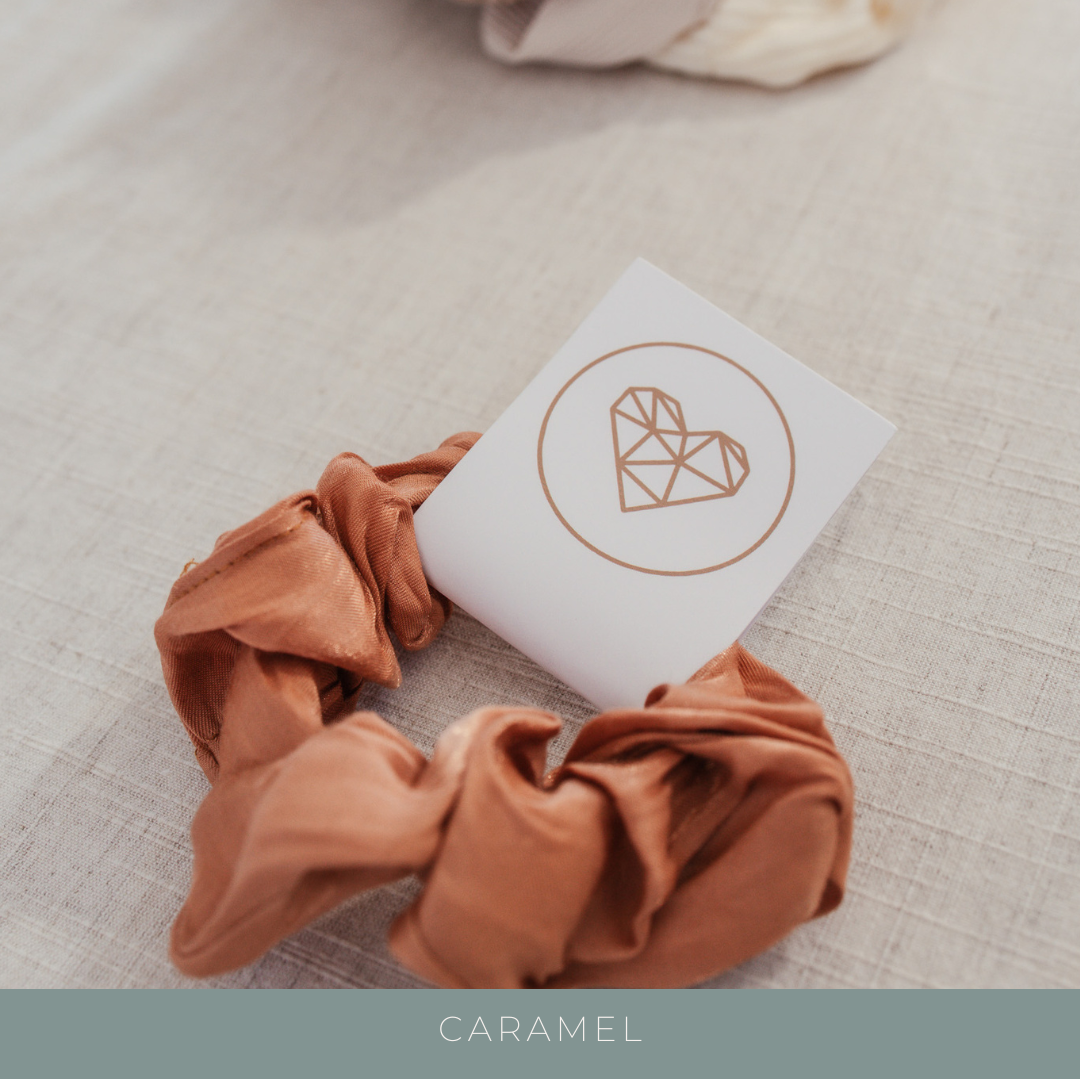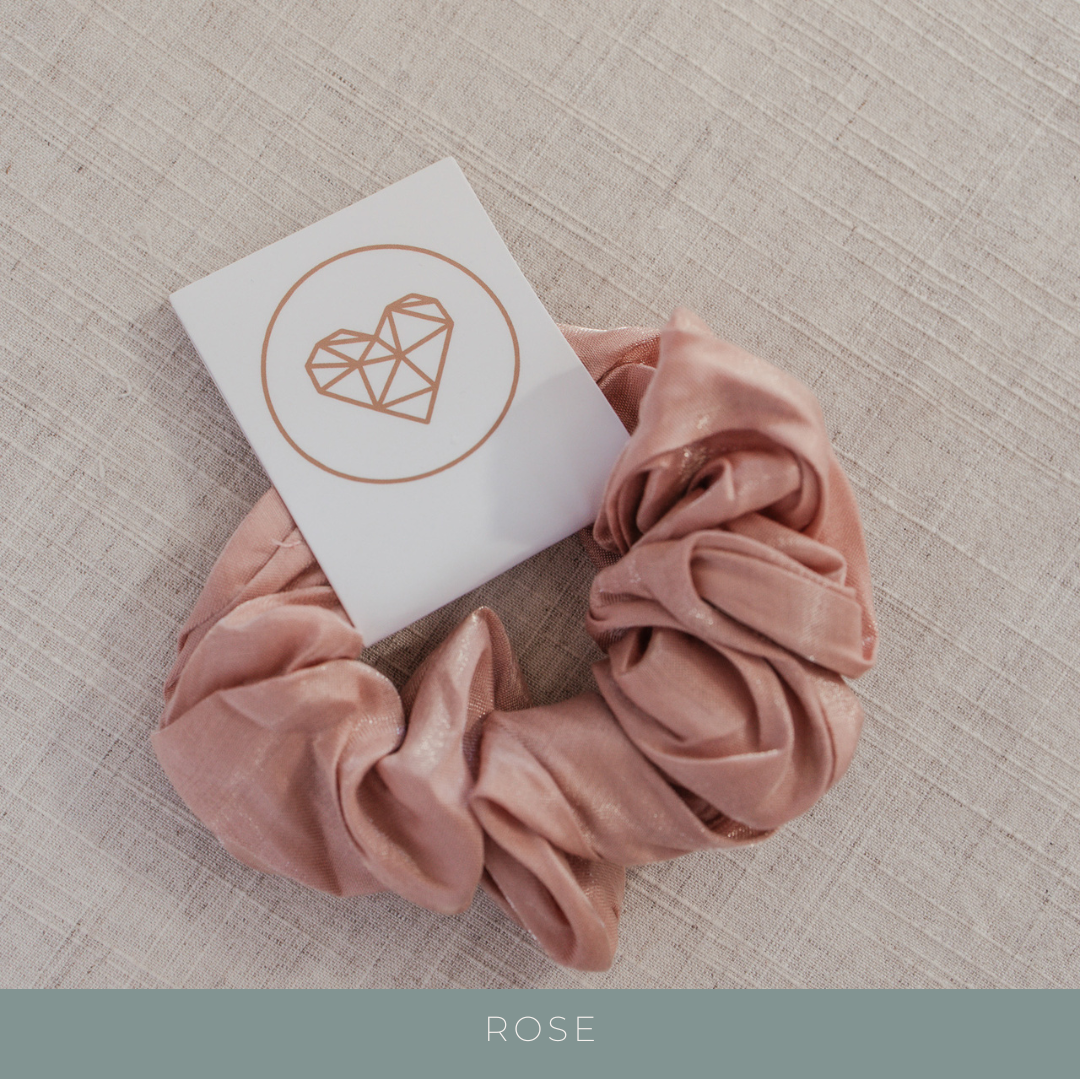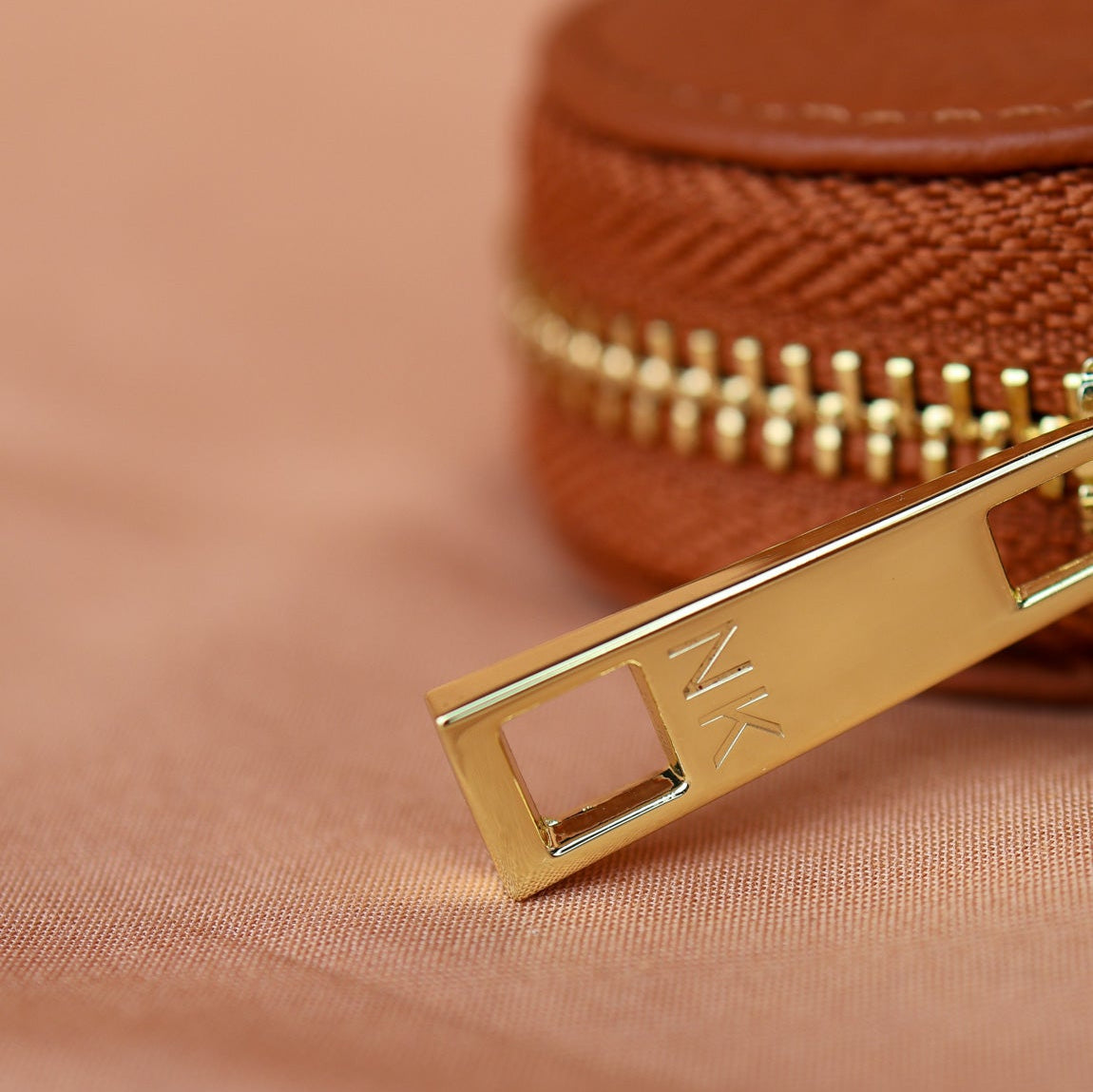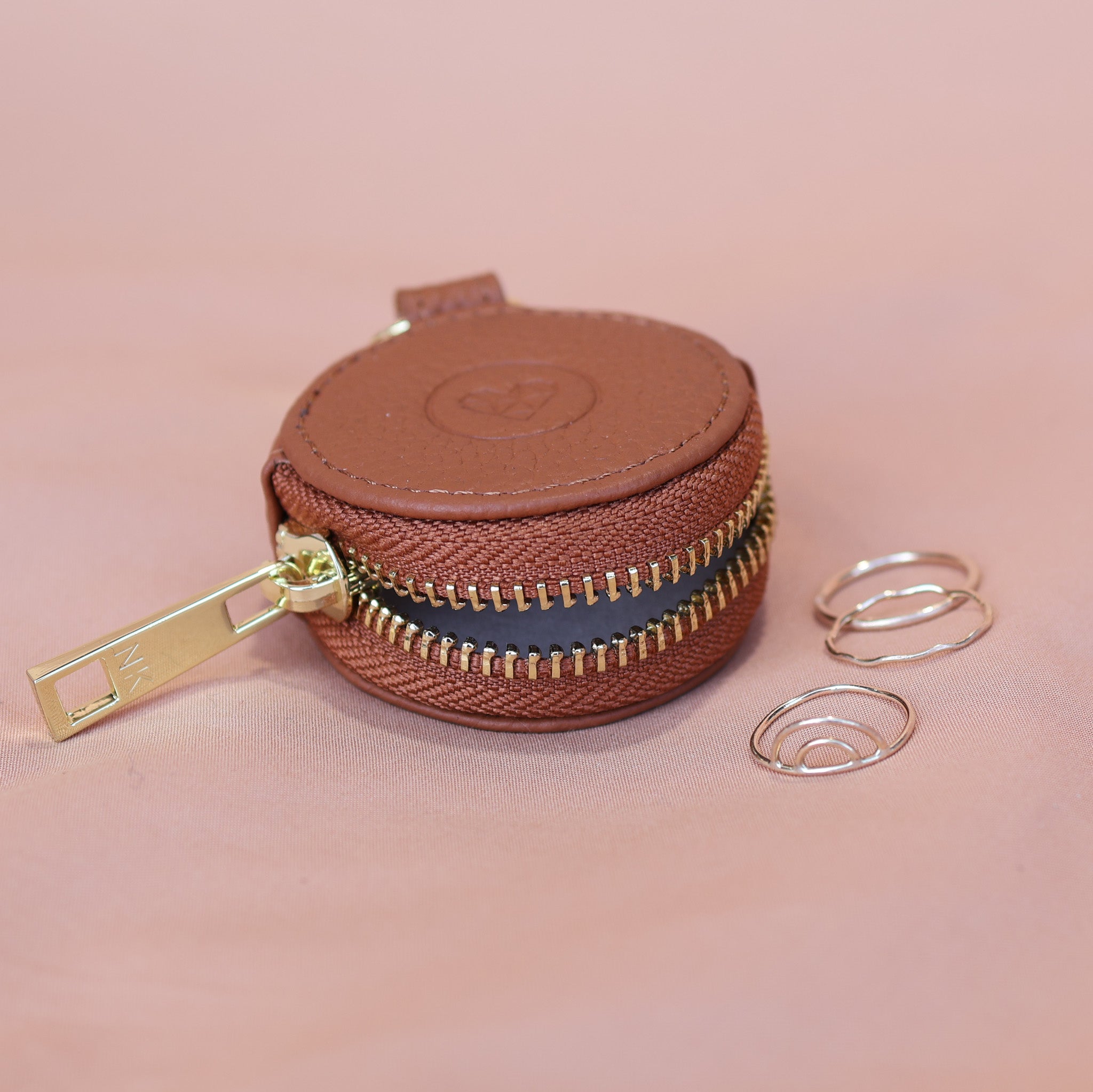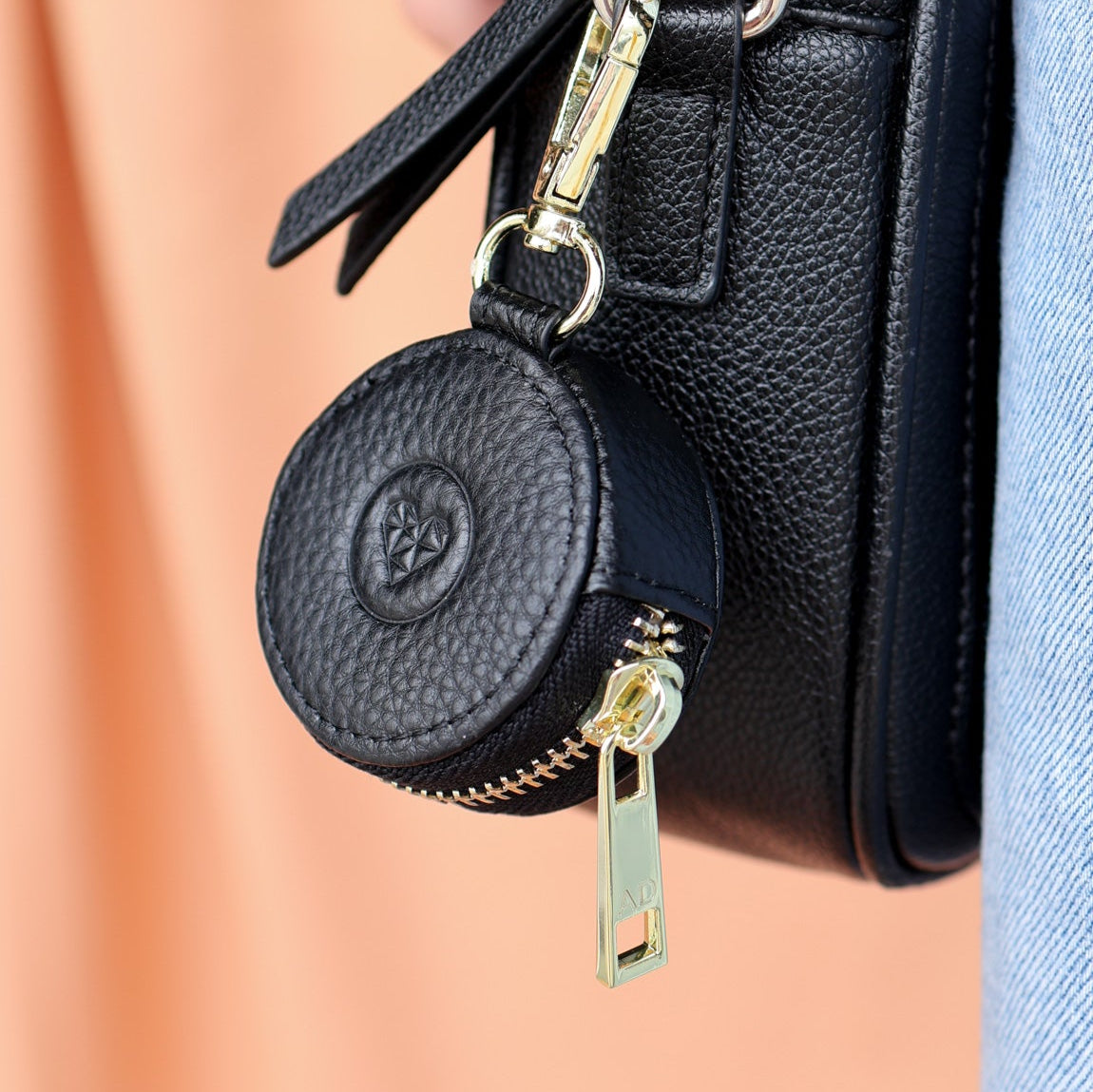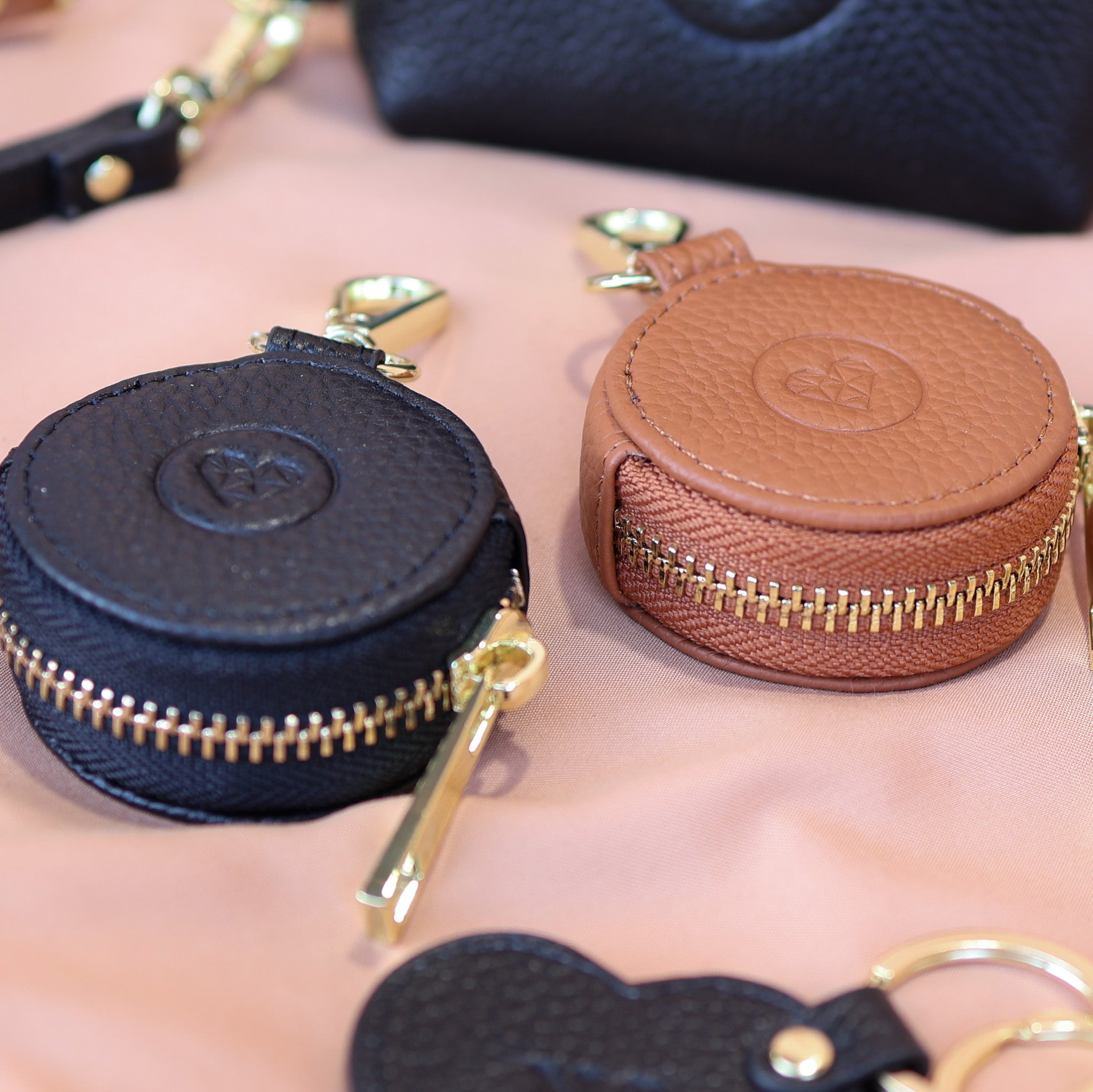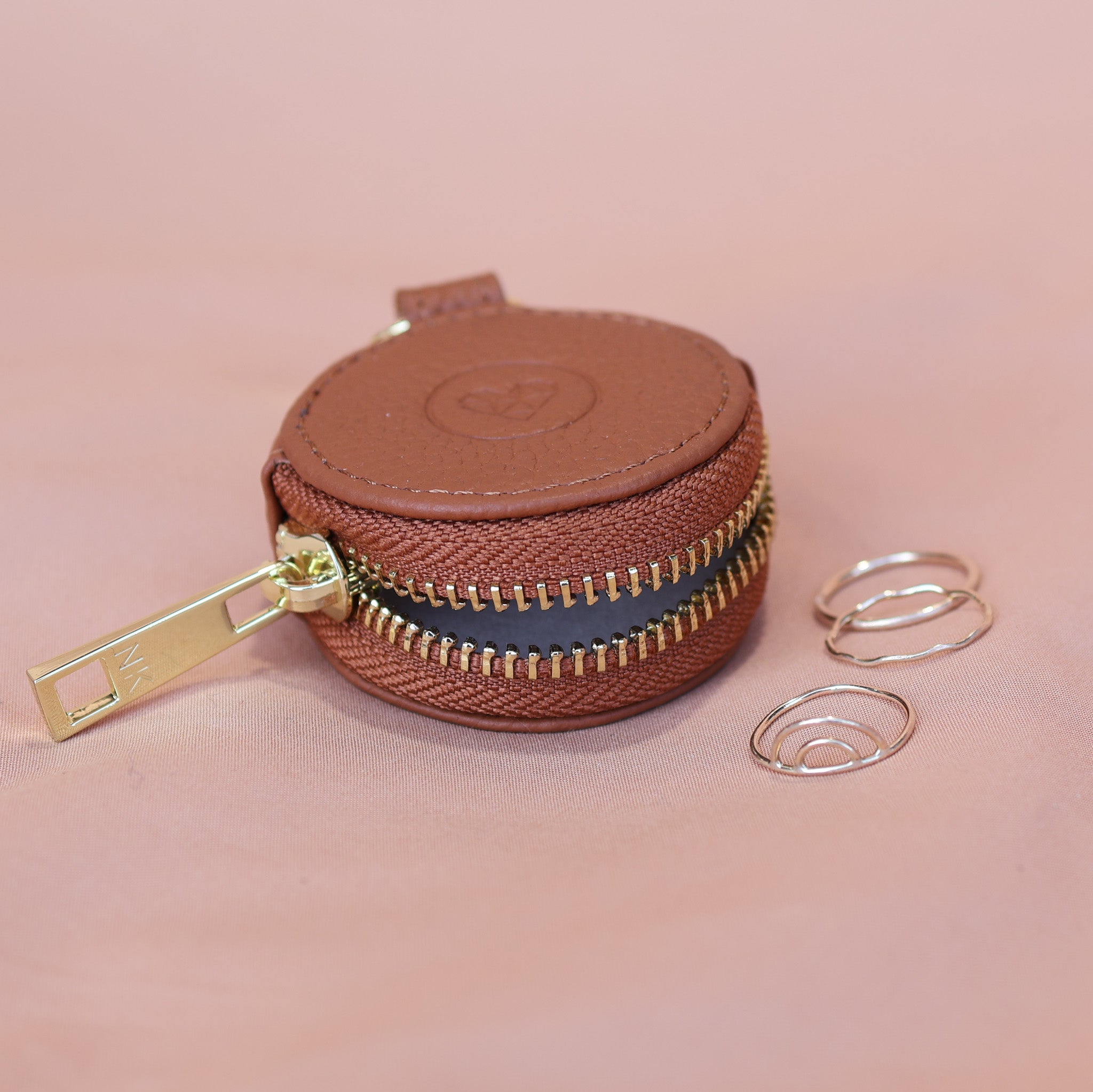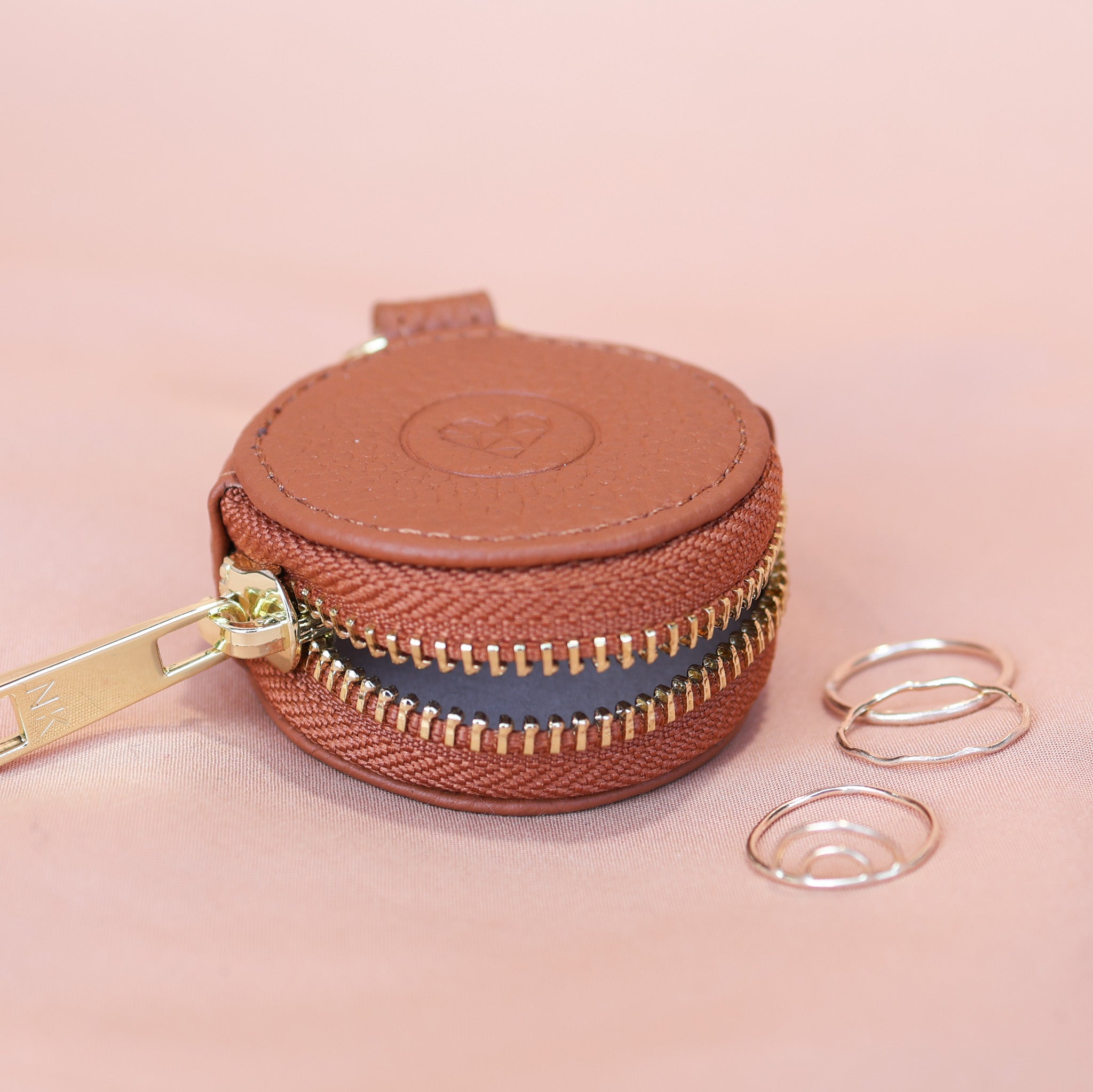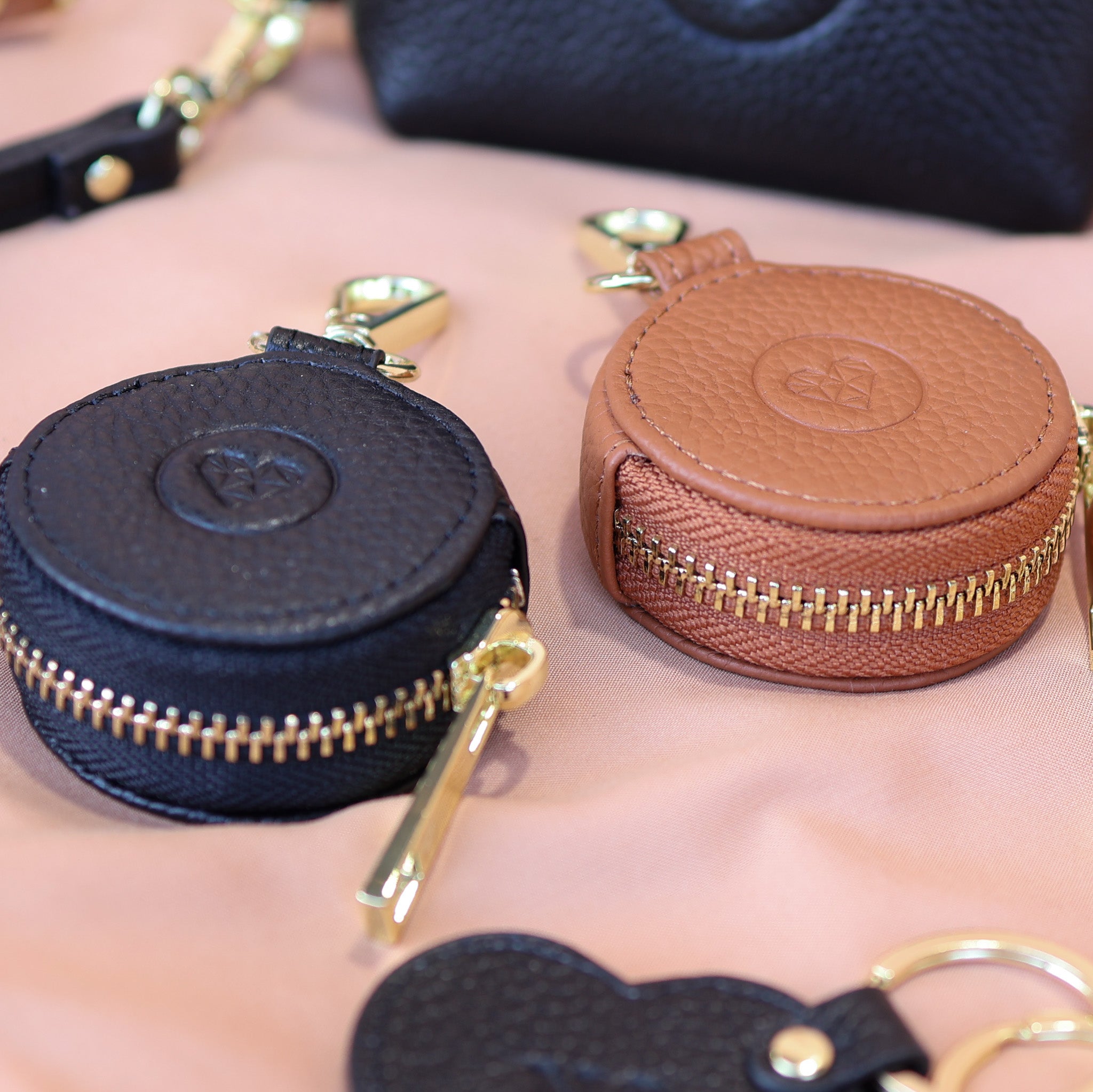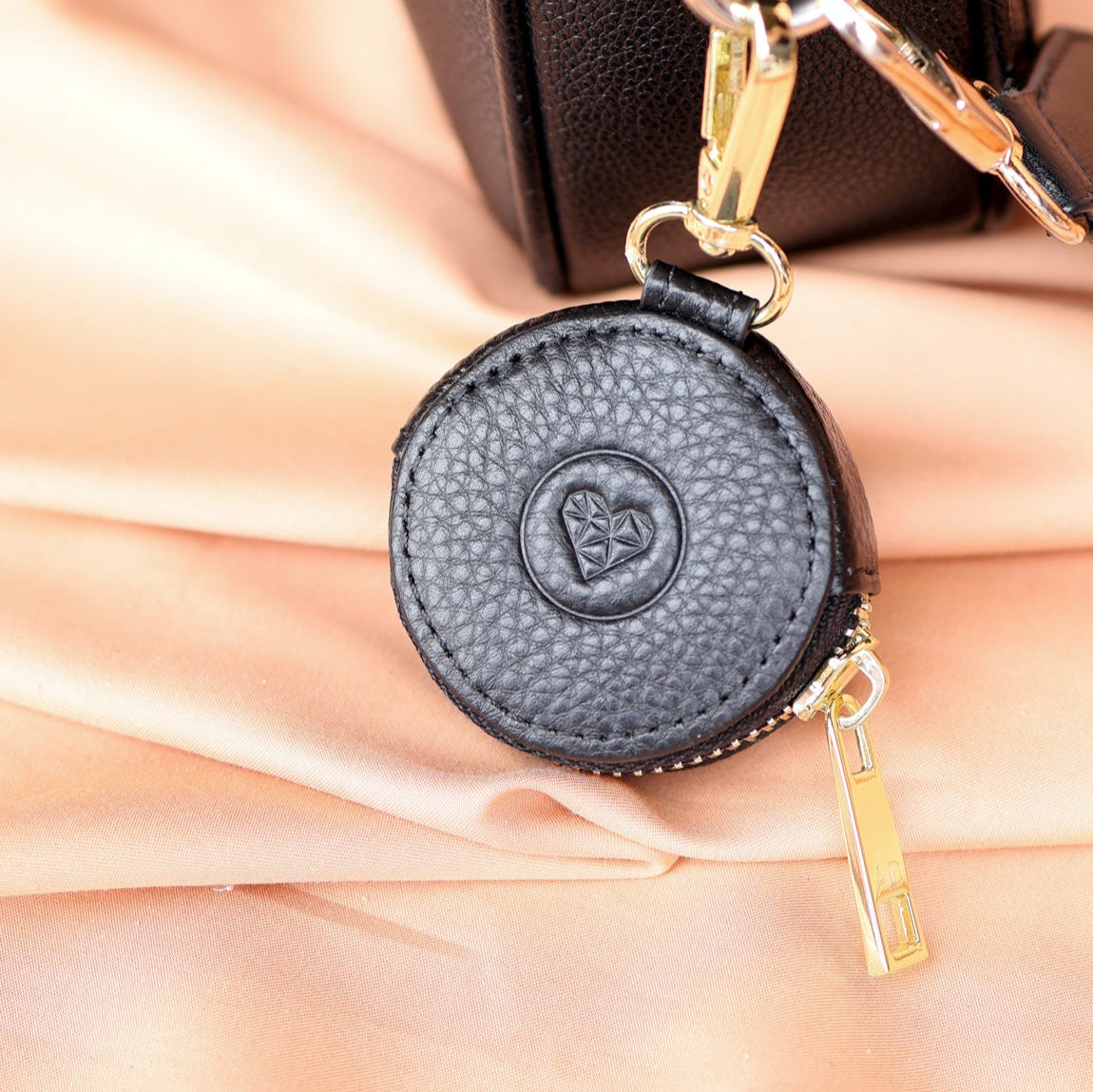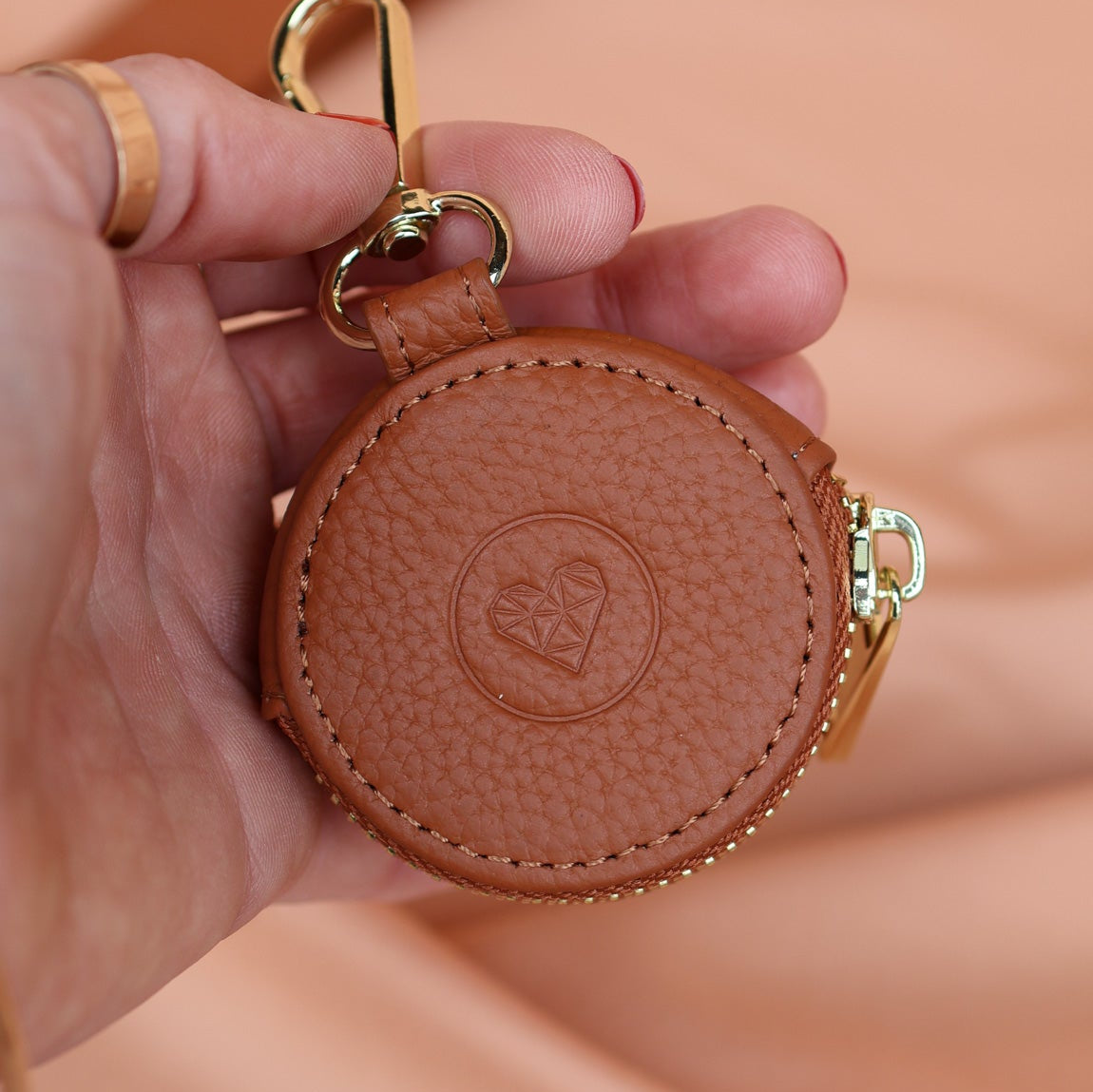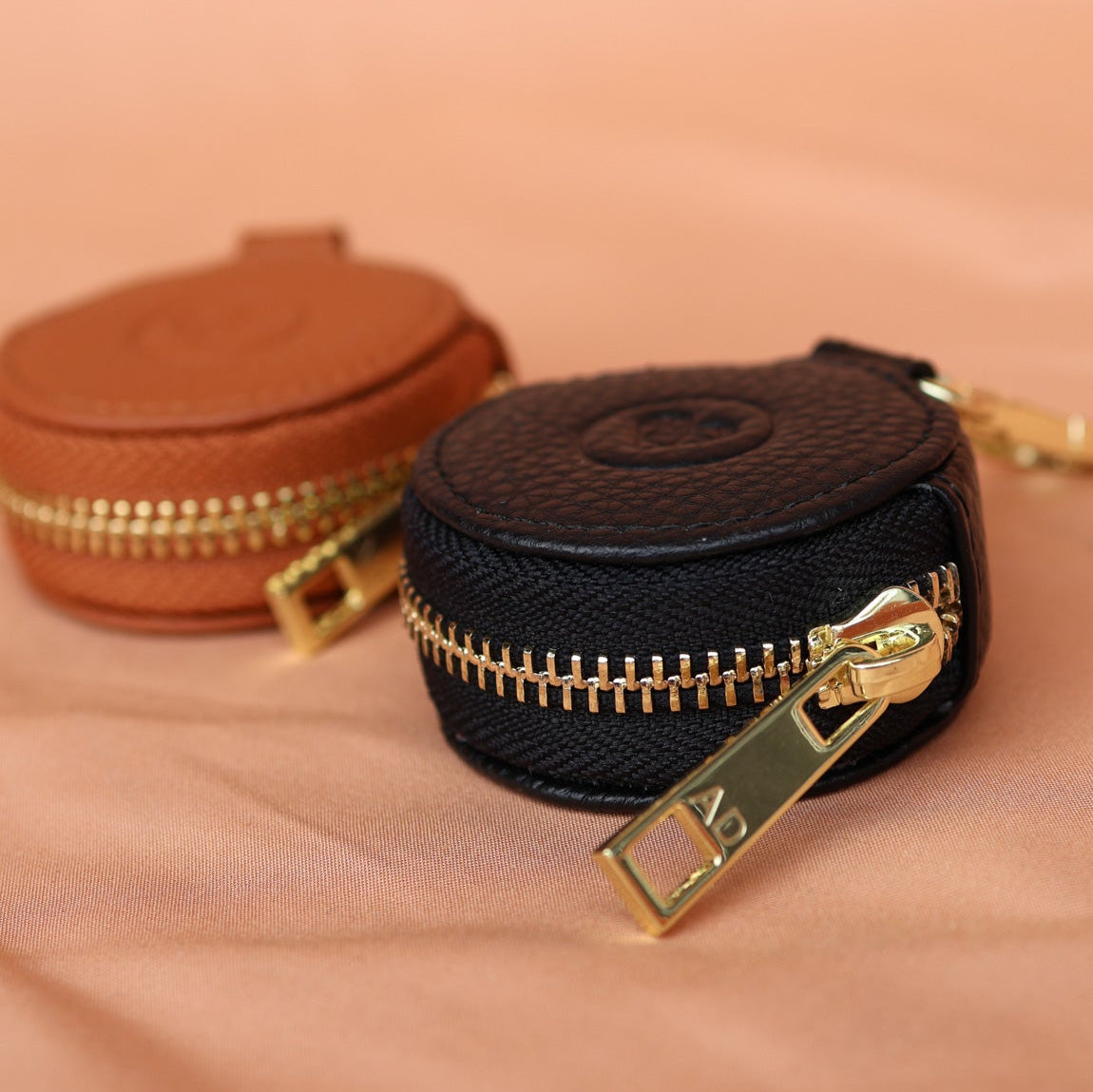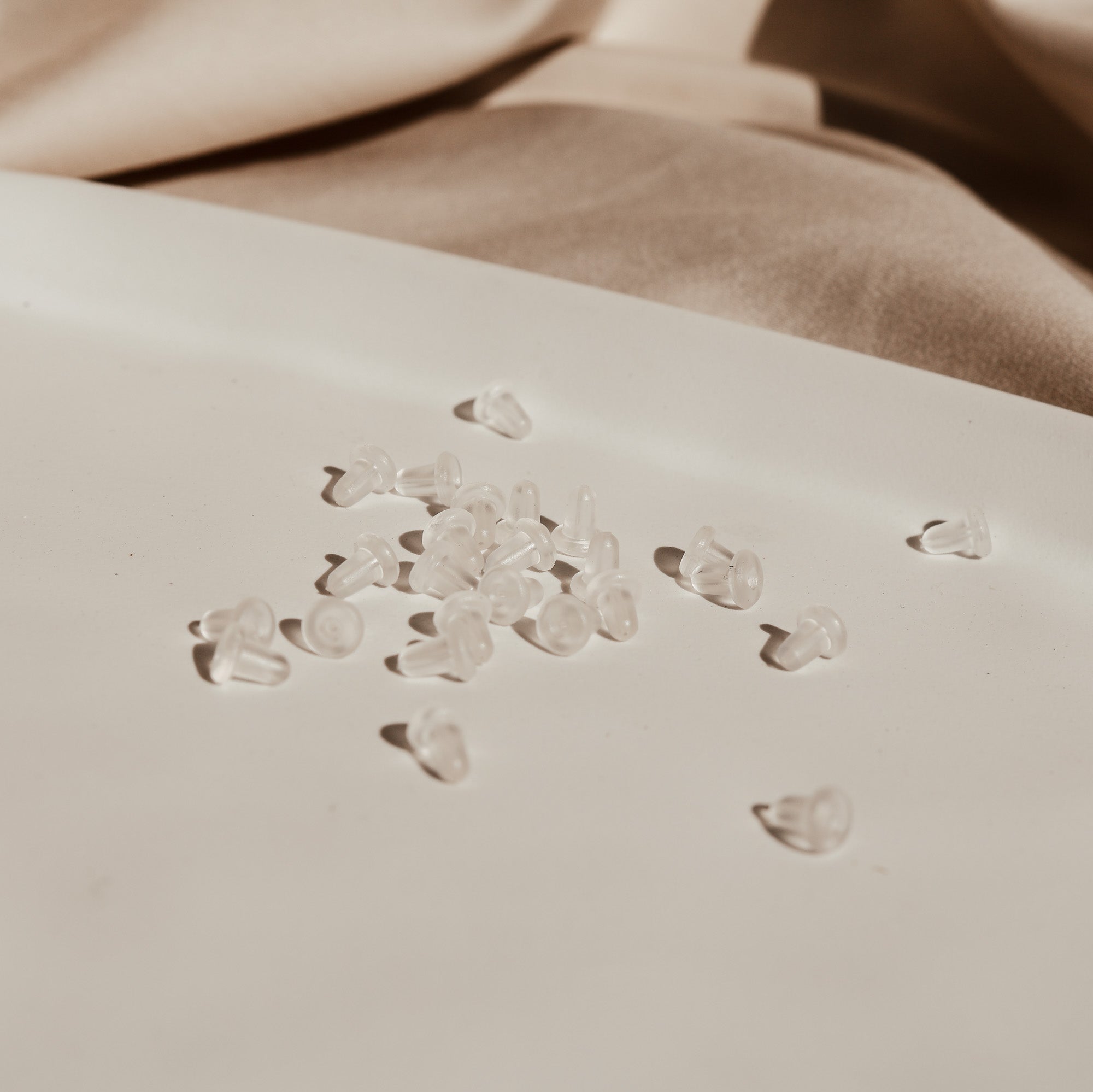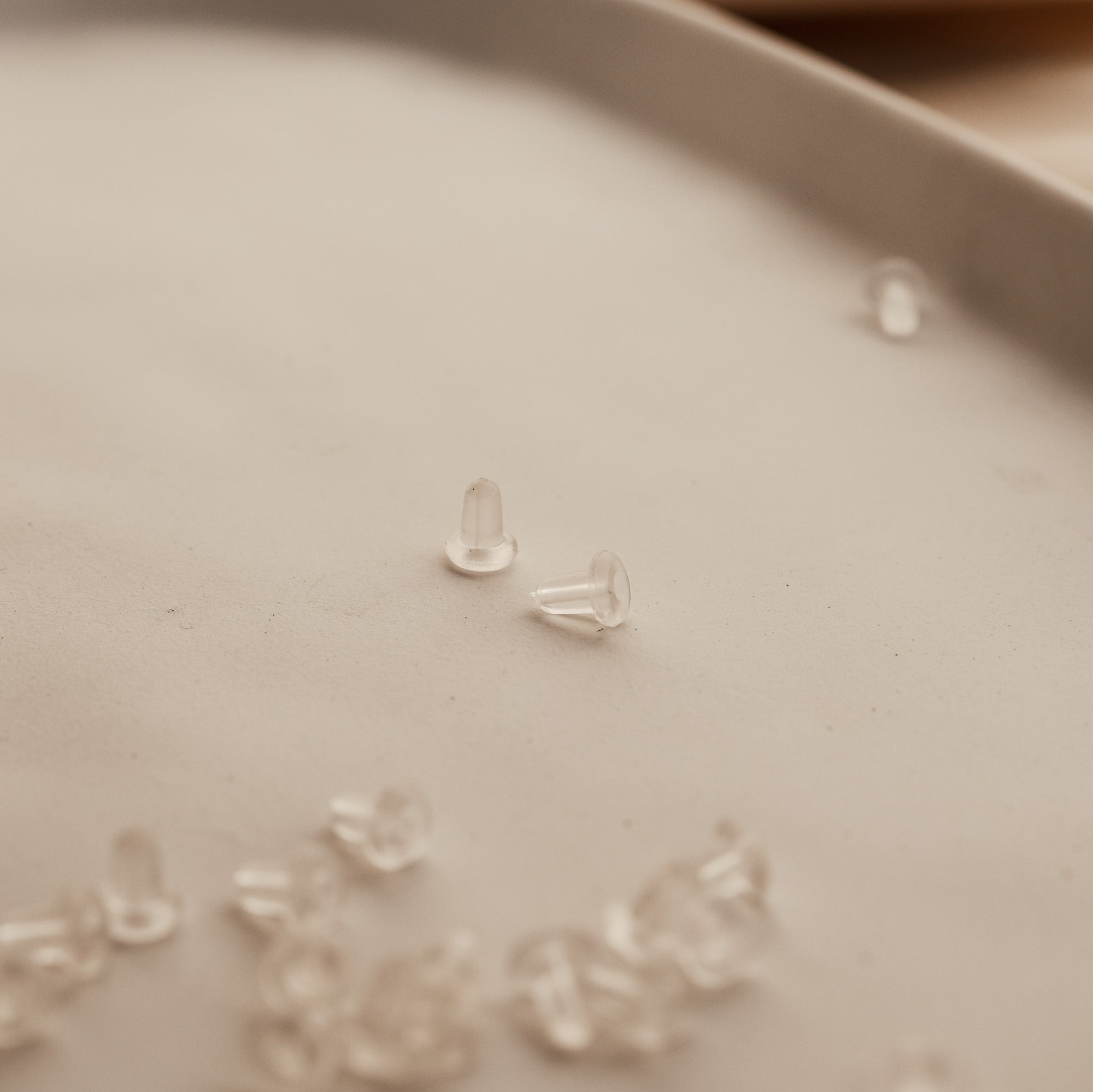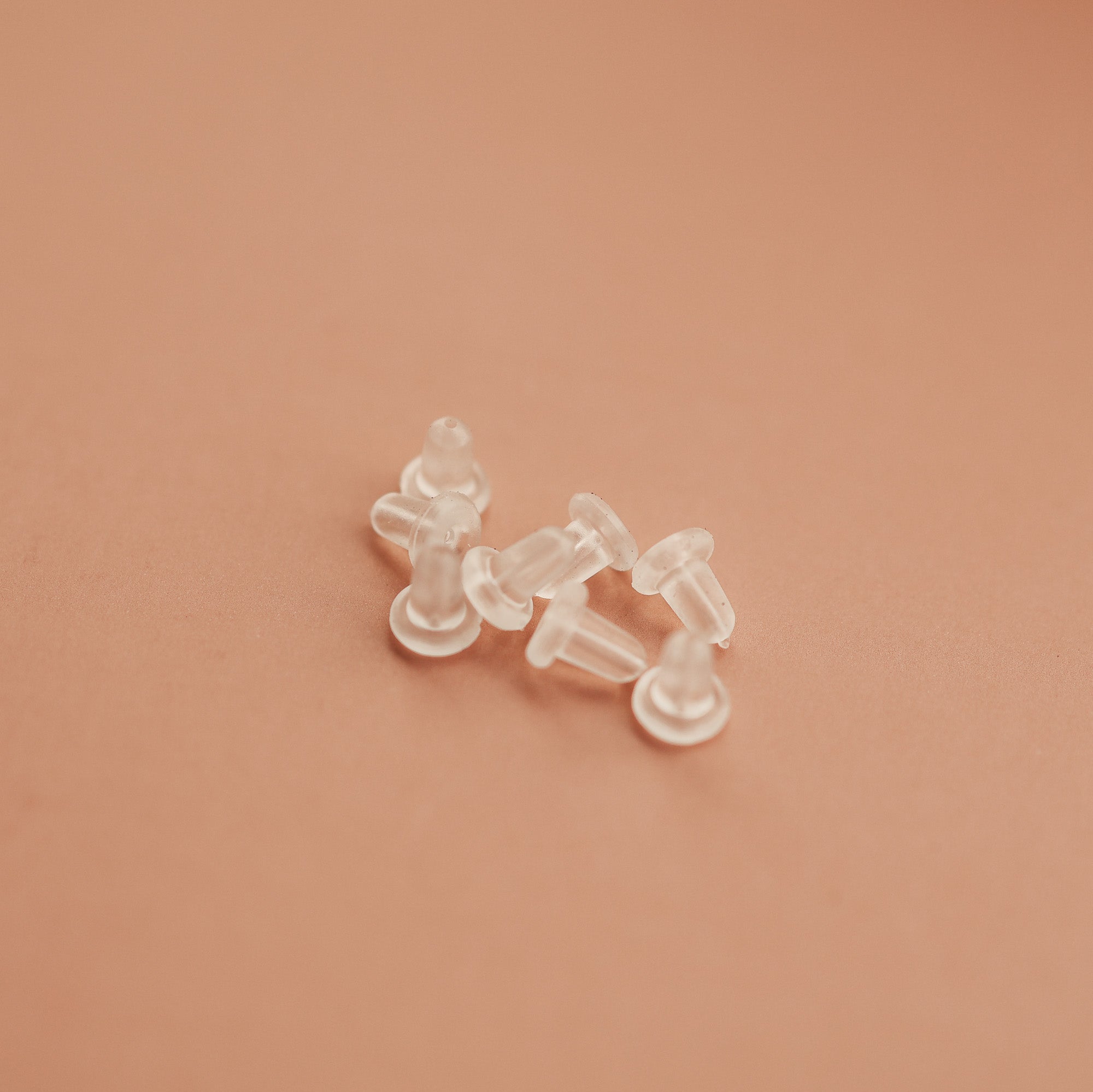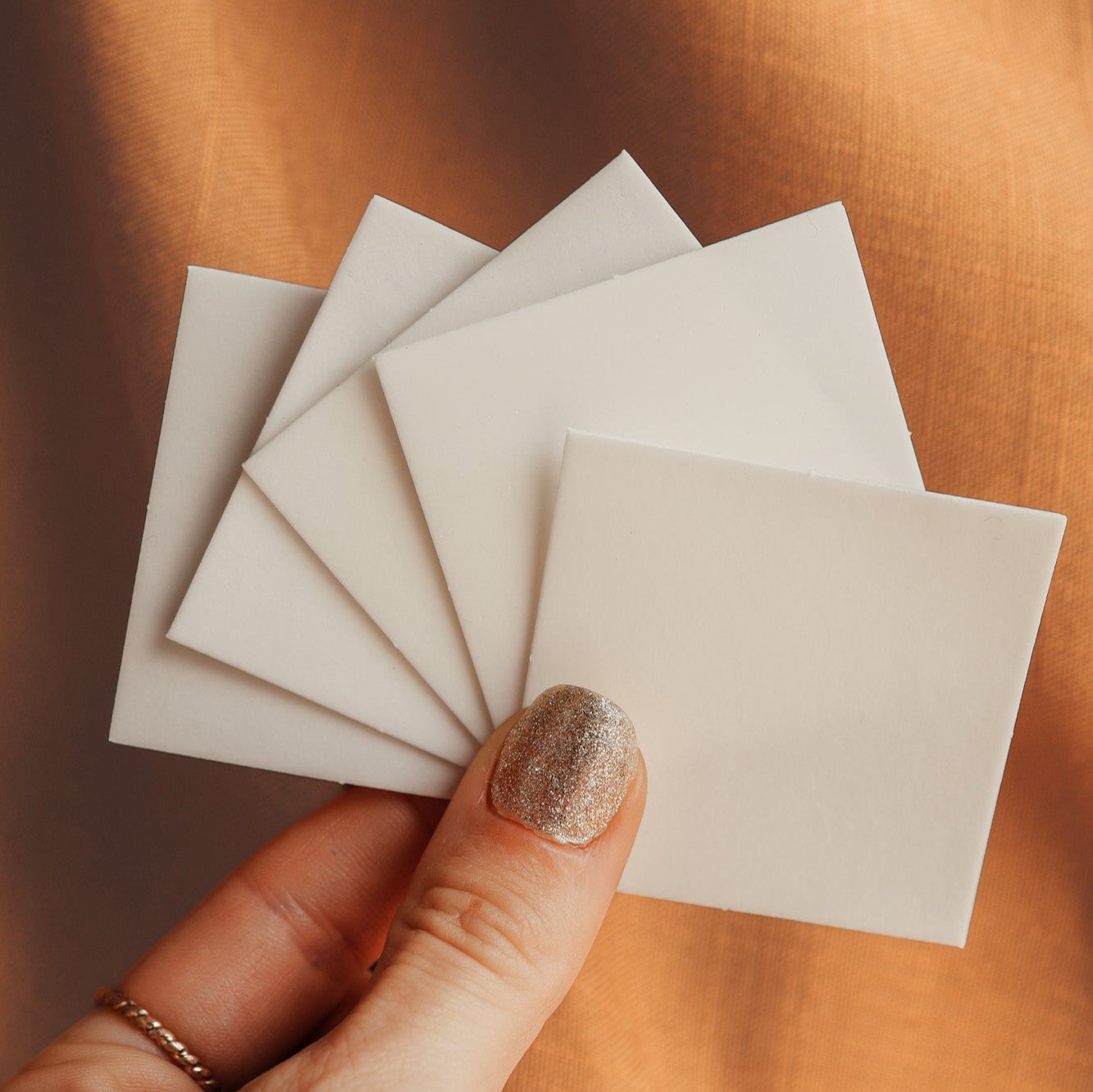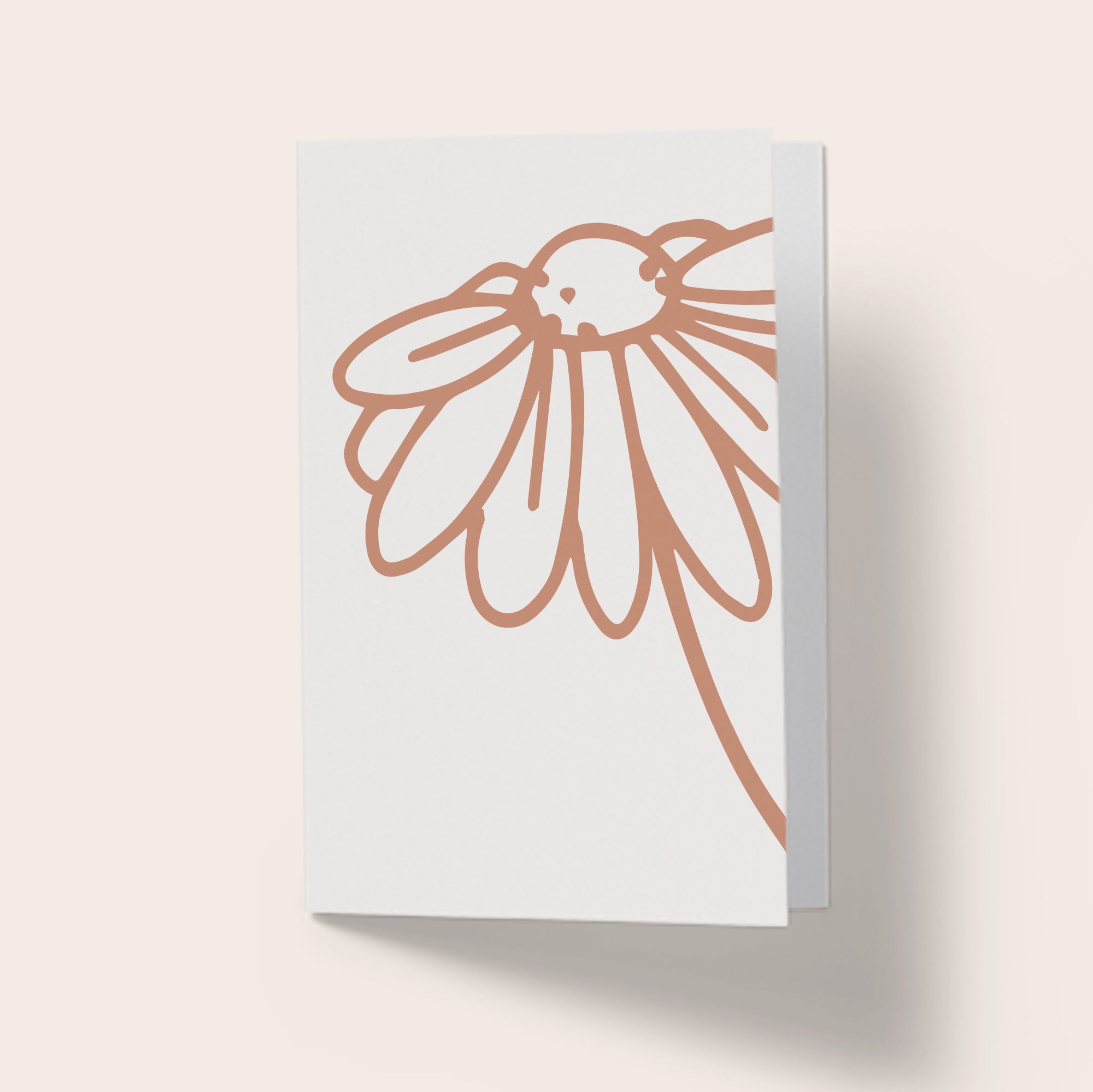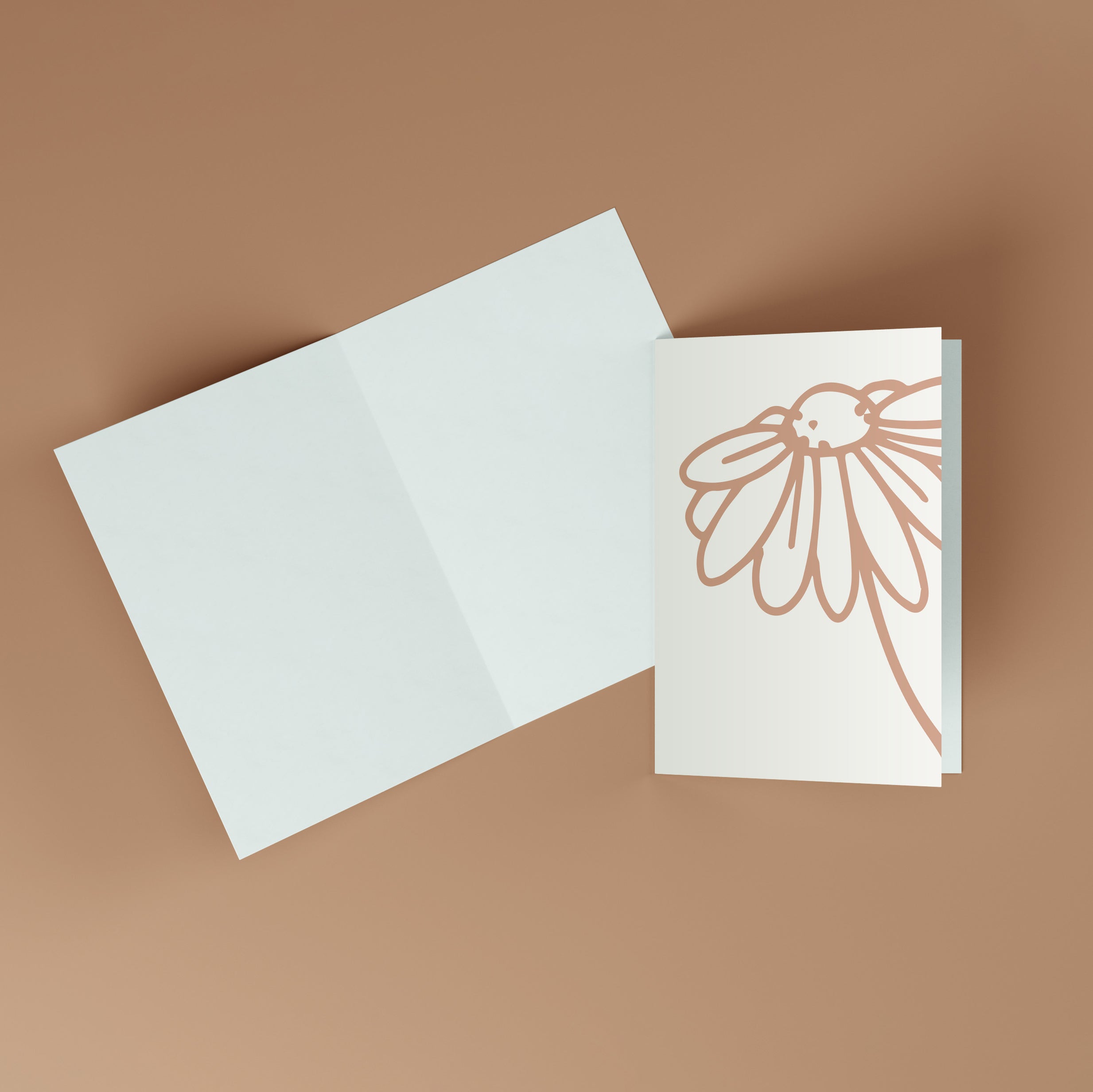Sterling Silver Jewellery Care
SILVER TARNISH…. WHAT IT IS, WHERE IT COMES FROM, AND IS IT NORMAL?
If you have ever noticed that your silver jewellery turns black over time you have experienced silver tarnish. Not to worry! All silver jewellery tarnishes over time. While tarnishing can be annoying, it is relatively easy to remove once you know what you are up against. It is important to know that tarnishing silver has nothing to do with the quality of silver or the quality of the product. It has everything to do with chemistry!
WHAT IS SILVER?
Much like gold, pure silver is not used in jewellery making as it is simply too soft to last. This means it has to be mixed with copper to retain its shape and sturdiness. You may have seen the .925 stamp on your silver pieces, meaning it is 92.5% pure silver and the remainder is copper. While the copper is essential for this makeup, it is this component that causes tarnishing. Copper reacts with the atmosphere - there's no stopping this process.
SO WHAT DOES TARNISH REALLY MEAN?
Tarnishing in silver products is the result of the oxidation of the silver’s surface with the air; specifically, with sulphur in the air. When sterling silver is exposed to general environmental conditions it begins to react with chemicals leading to the formation of silver sulphide on the surface of the metal. Unfortunately, for jewellery owners everywhere, silver sulphide is black. As this coating continues to build on the silver’s surface, the silver darkens, eventually turning black.
HOW FAST DOES SILVER TARNISH?
The rate at which silver tarnishes varies depending on environment. Wearing the jewellery and exposing it to sweat, lotions, perfumes, colognes, soaps, and other chemicals can speed up the tarnishing process. Under the right circumstances silver can begin to turn black in just a few days. In other instances, it can take years.
WHY DOES MY SILVER TARNISH FASTER THAN OTHER PEOPLE'S?
It is important to know that silver will tarnish faster or slower depending on its environment. Each person’s unique bodily chemistry will affect the rate at which this occurs. Sometimes this is referred to as a 'silver allergy.' In cases of extreme silver tarnish that occurs quickly, it is likely because the specific chemistry of the wearer forces the sterling silver to prematurely tarnish. Again, this is nothing to worry about.
HOW TO CLEAN TARNISHED SILVER WITH A POLISH PAD
Typically, this means polishing. A physical method is one that aims to remove the silver sulphide by means of an abrasive. Our polish pad (included in your order, as pictured below) is the perfect way to do this. Simply firmly rub off any black tarnish forming on your piece.
|
|
|
HOW TO CLEAN TARNISHED SILVER WITH BI-CARD SODA & AL FOIL
The 'foil method' is a tested and true method to gently and safely remove tarnish from silver using ingredients from your pantry. By combining aluminium foil, baking soda, and hot water, a chemical reaction is triggered that effectively removes tarnish, restoring the shine to your jewellery.

HOW TO MAINTAIN STERLING SILVER JEWELLERY
Proper storage
Keeping your silver pieces in an airtight box or container is the best way to ensure tarnish buildup is prevented.
Keeping it clean
Removing tarnishing contaminants is key. This can be done with a mild dish detergent and warm water. A soft bristle toothbrush could also be used. When finished ensure all the detergent has been washed clean and thoroughly dry the jewellery.
Regular polishing
Regular polishing with your polish pad will not only help your jewellery tarnish more slowly, it will help keep the shine on the piece much longer.






